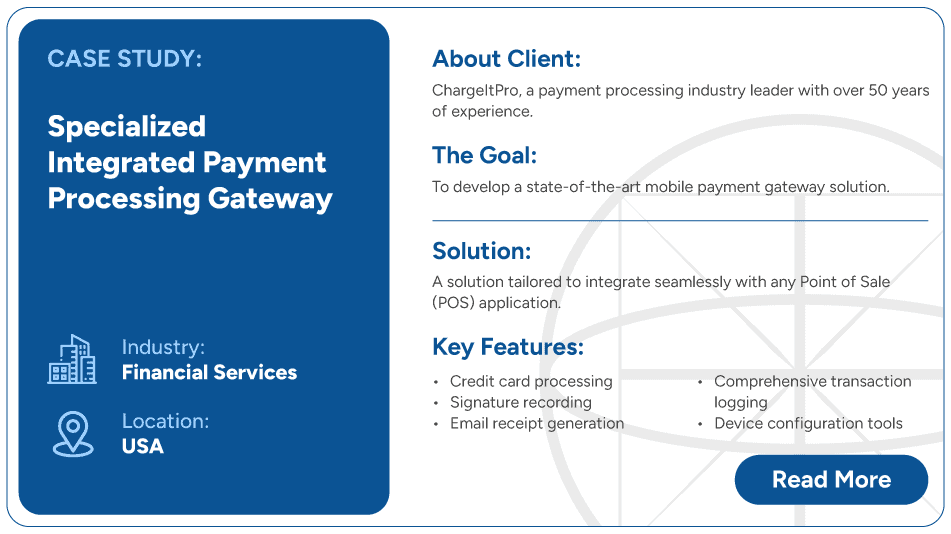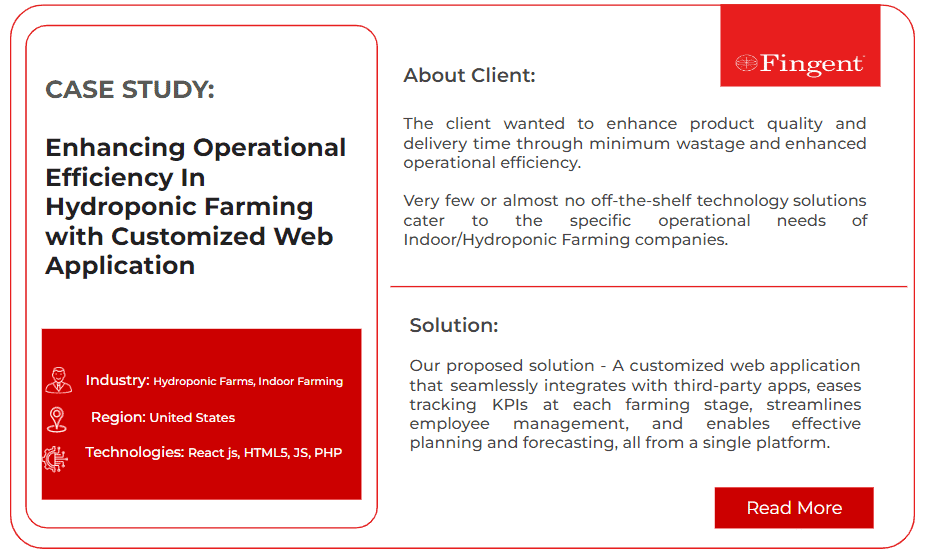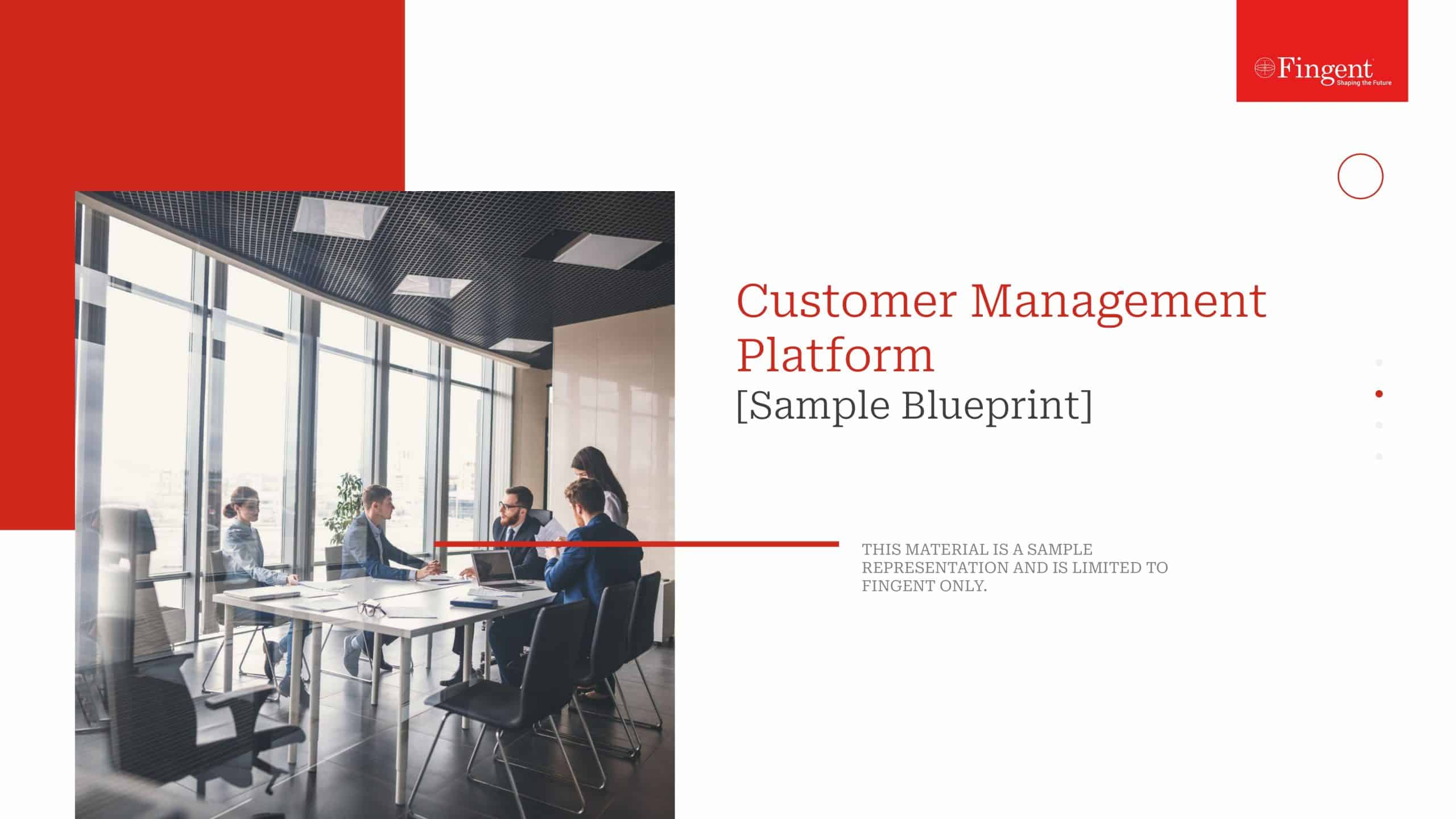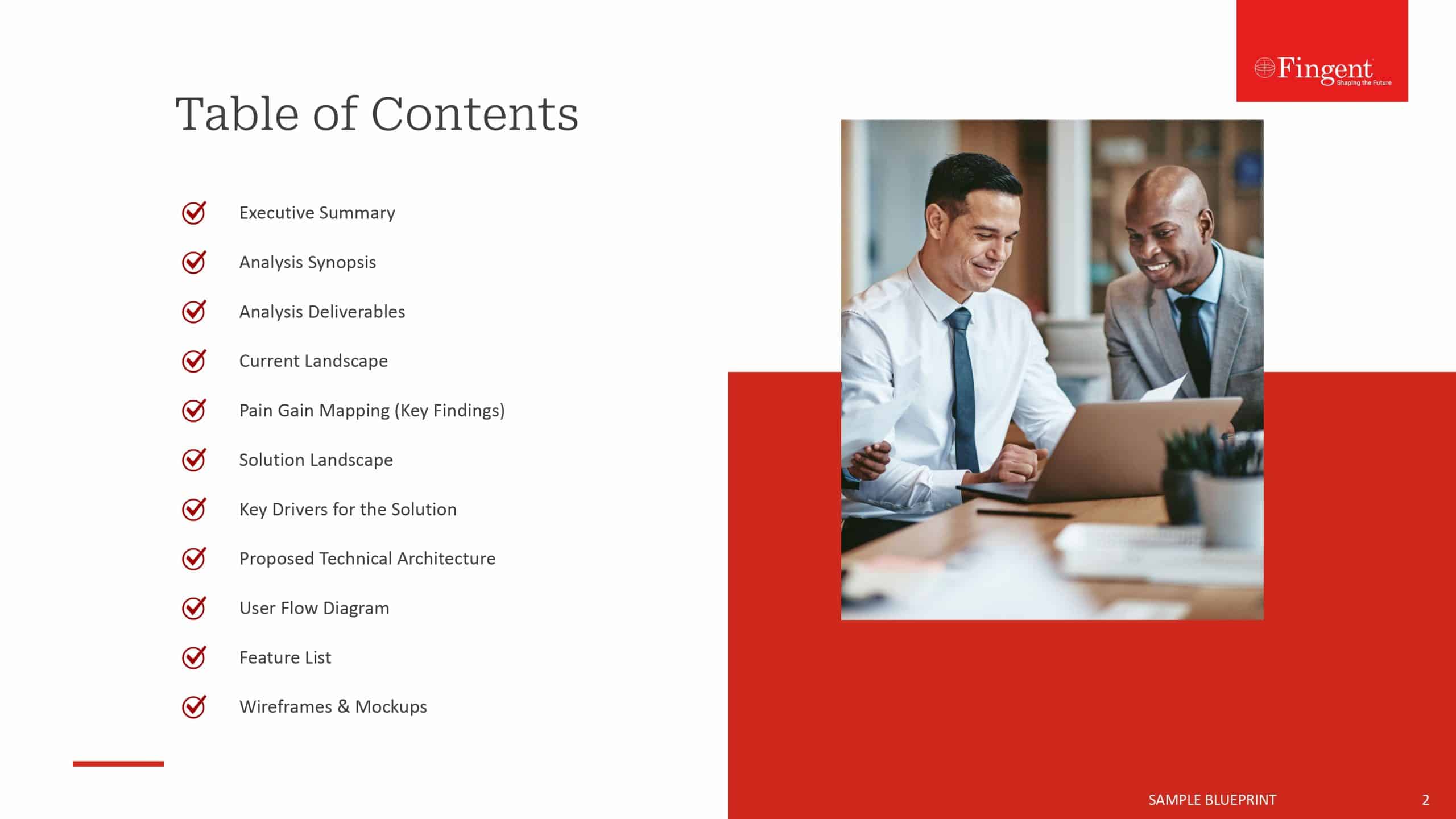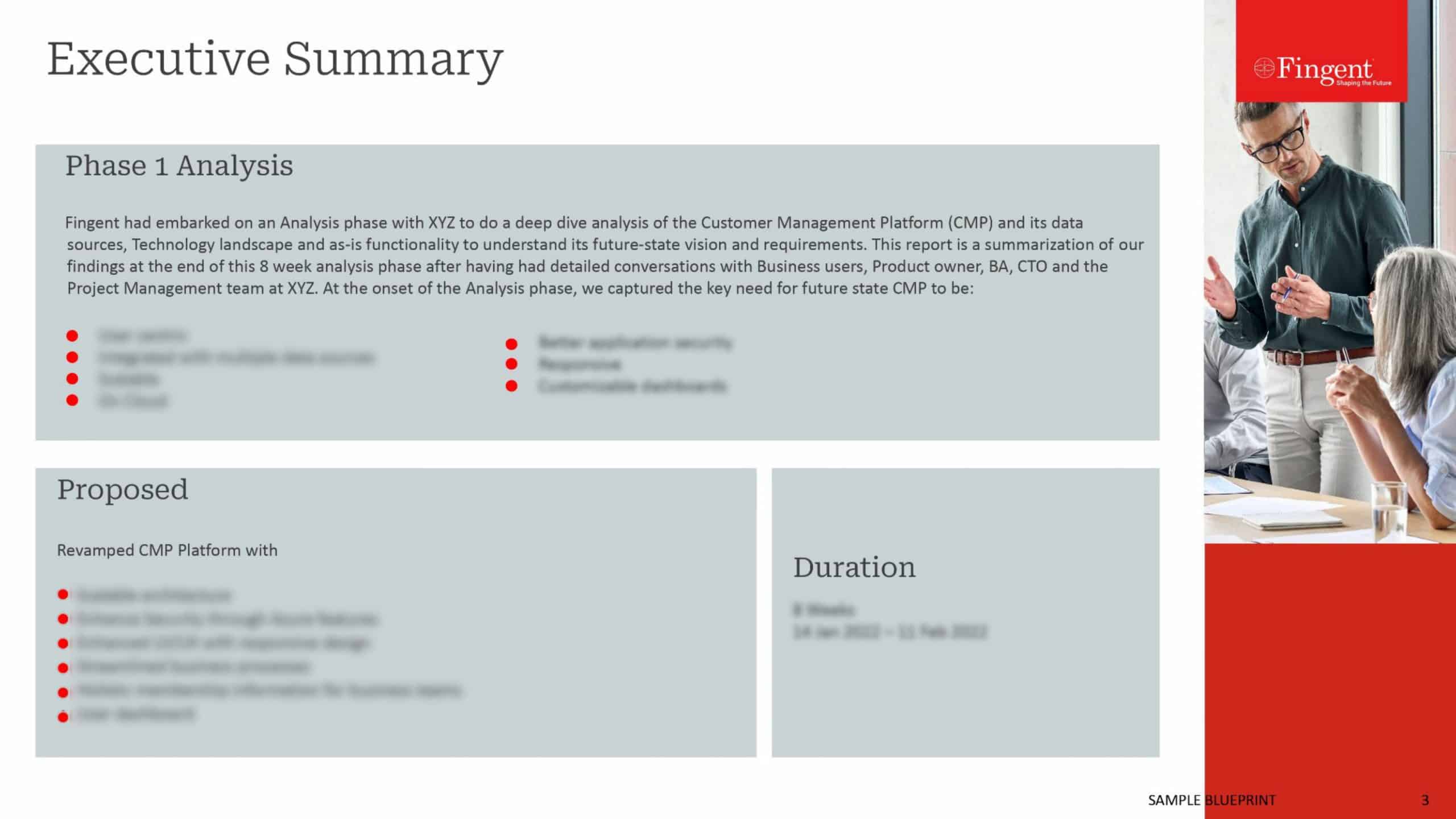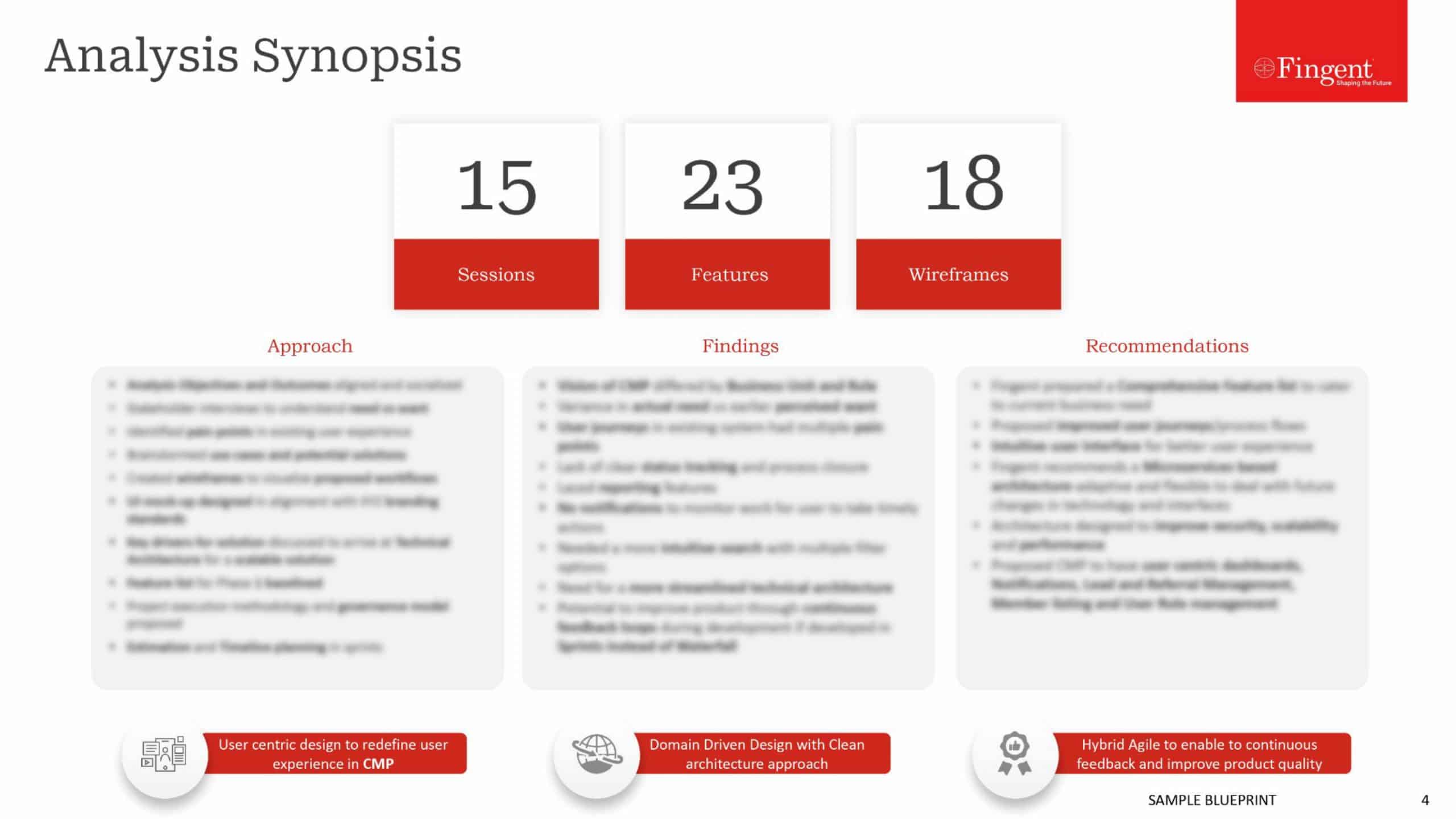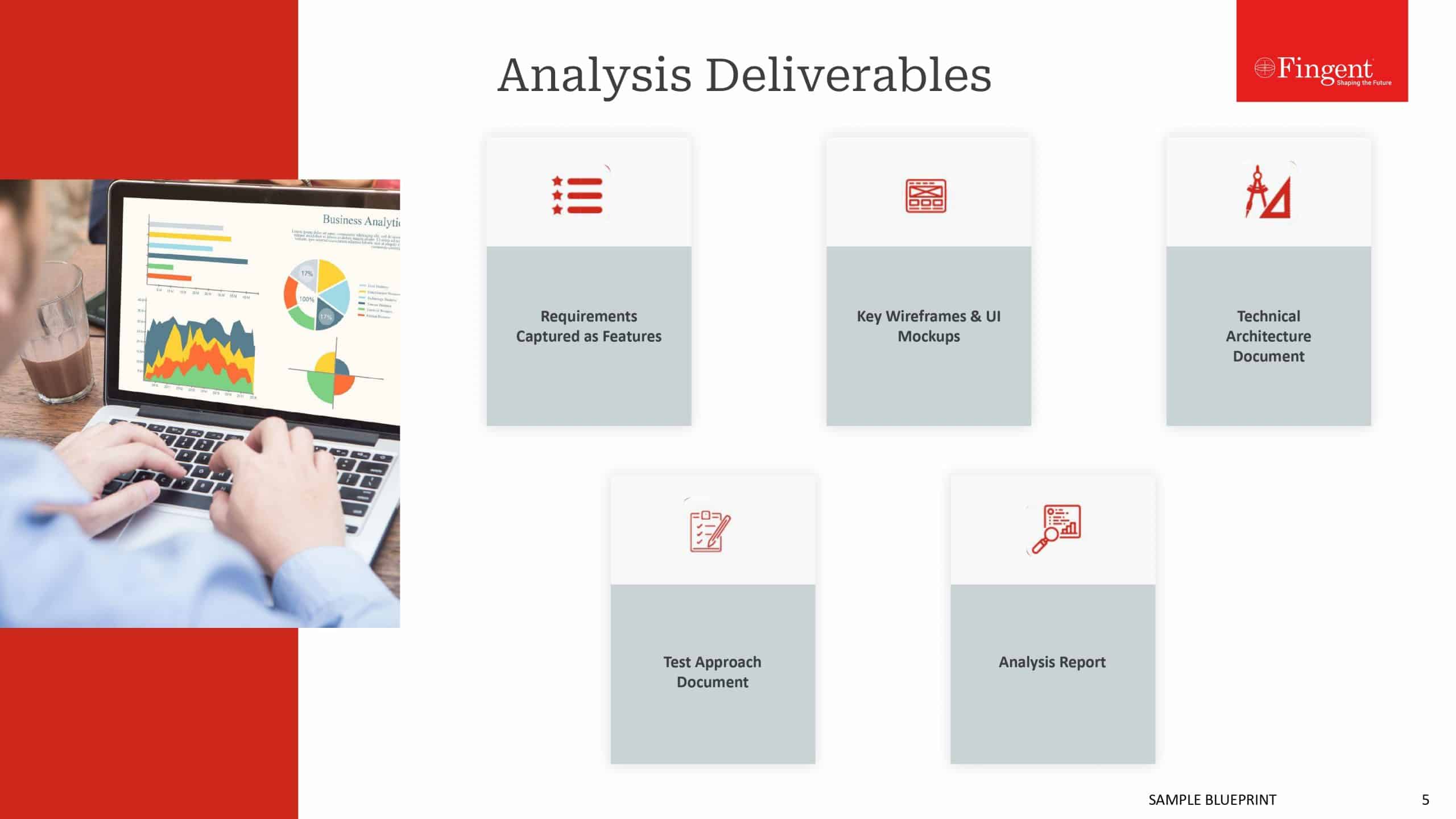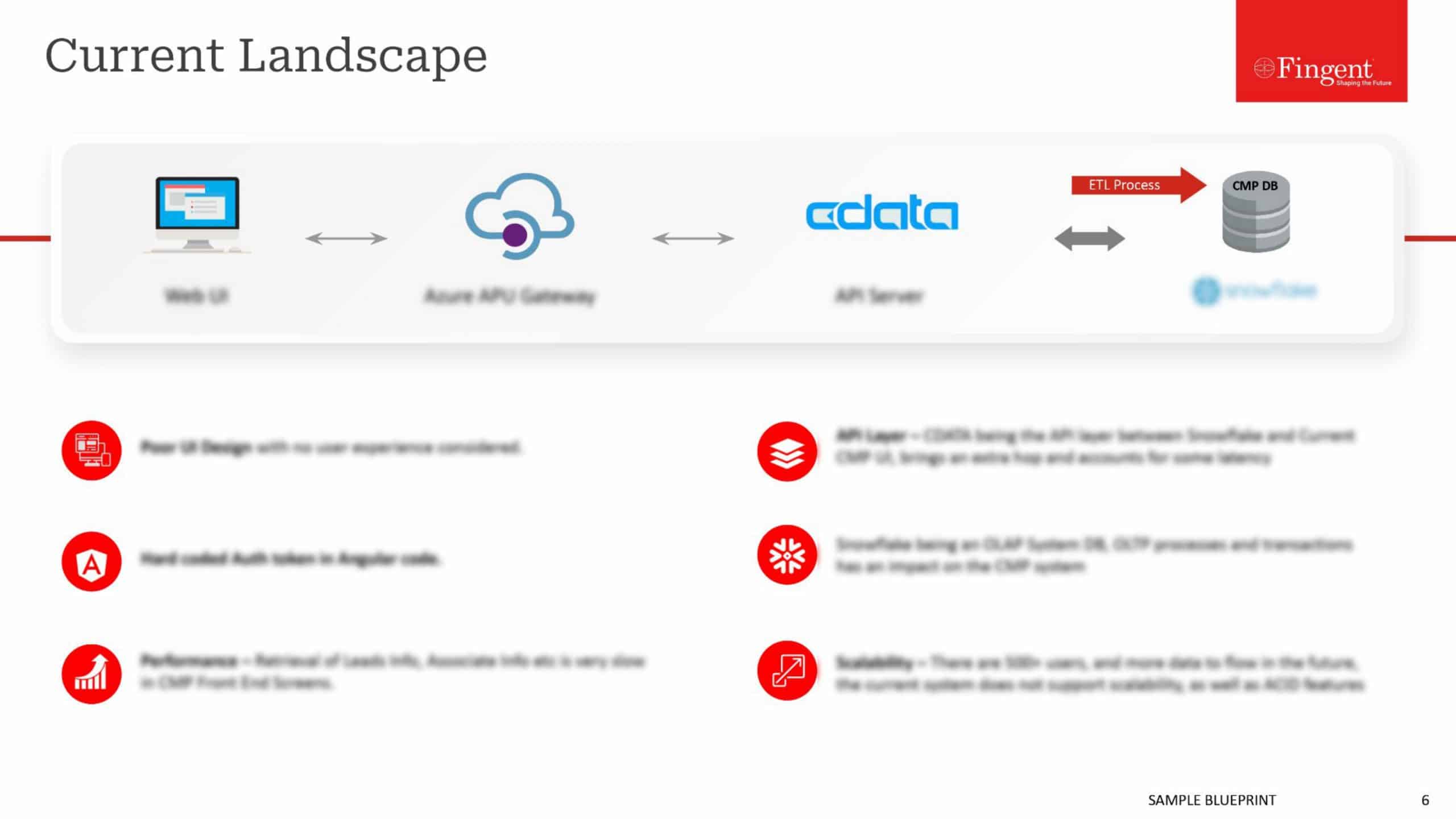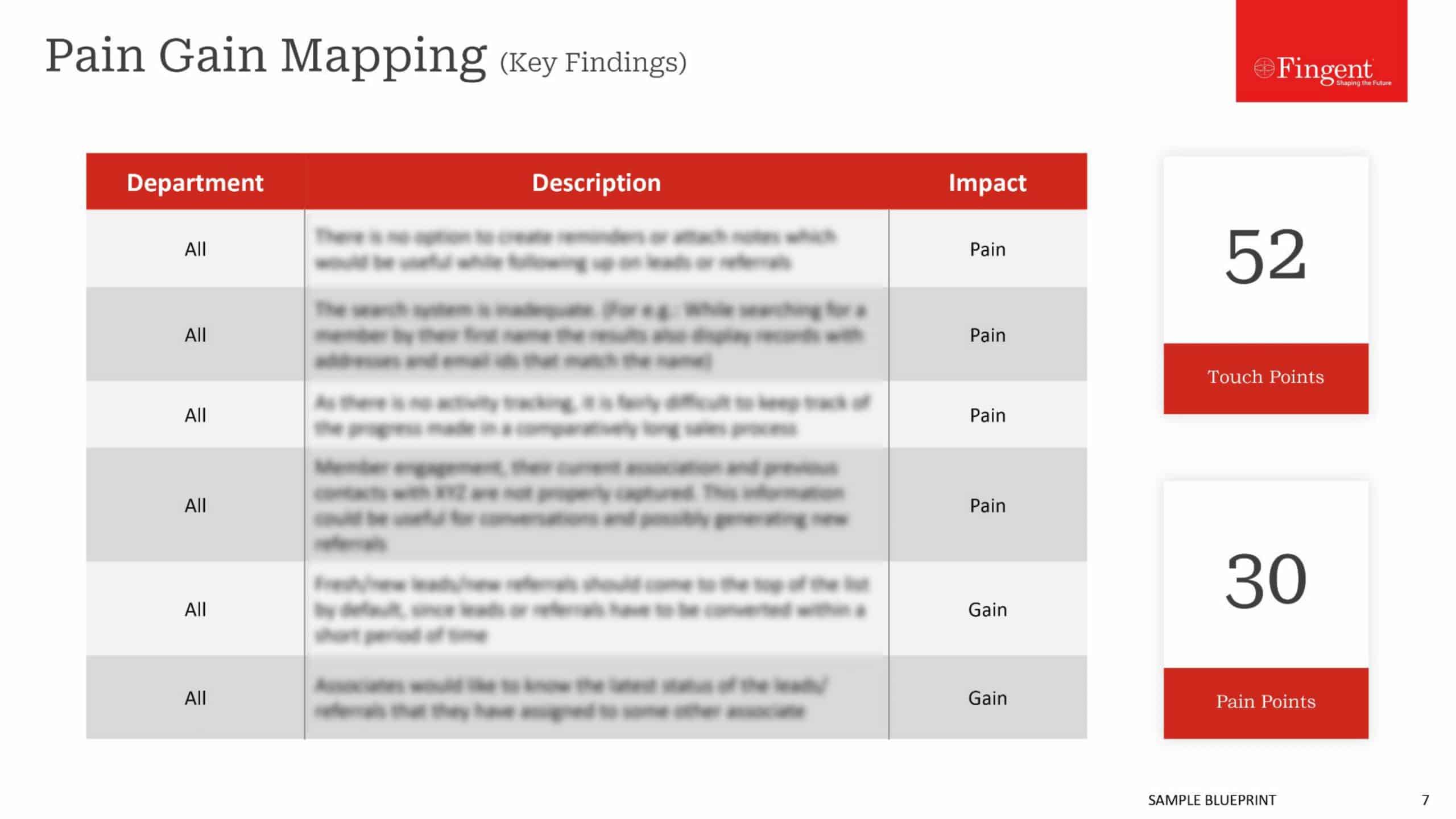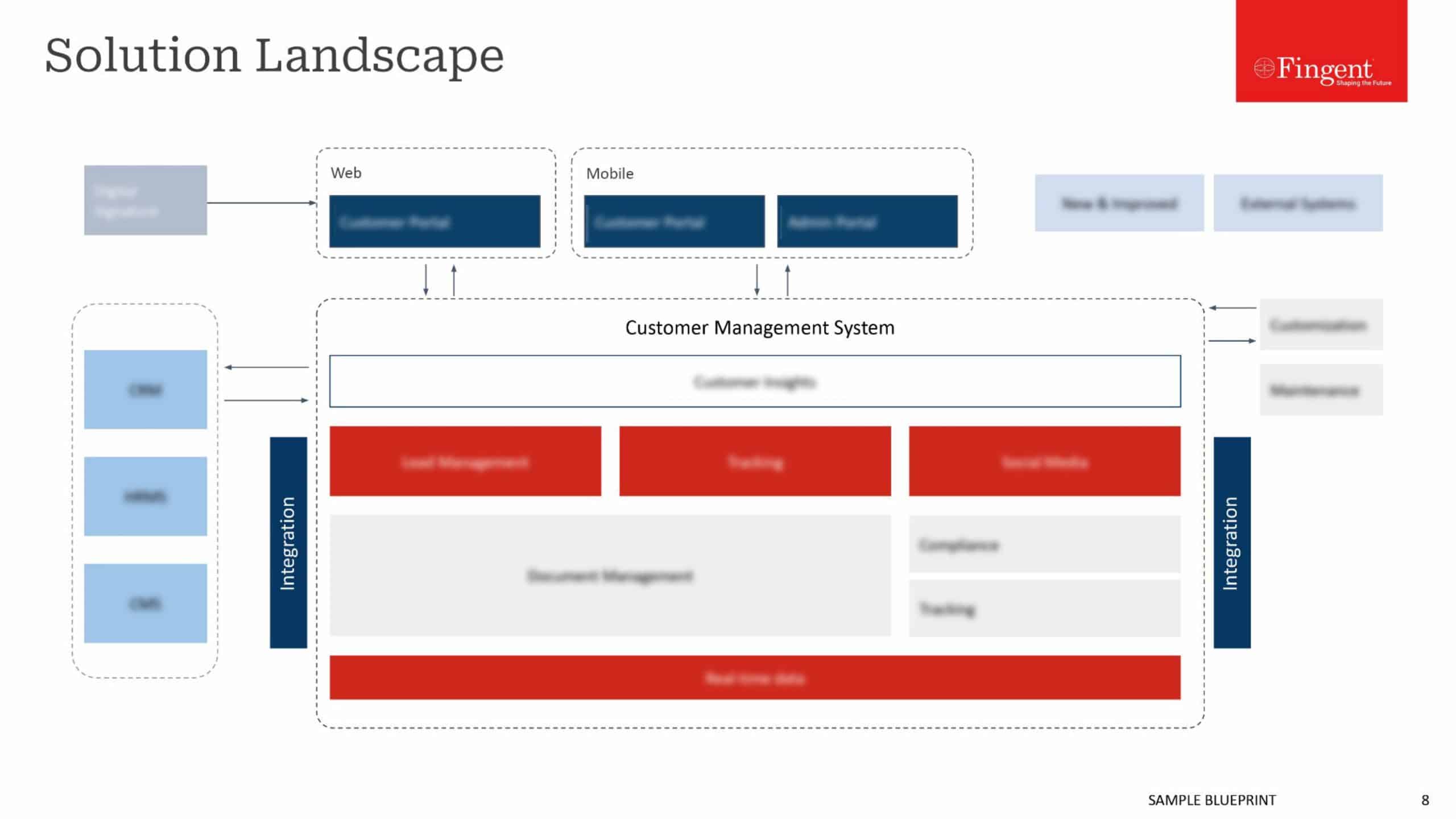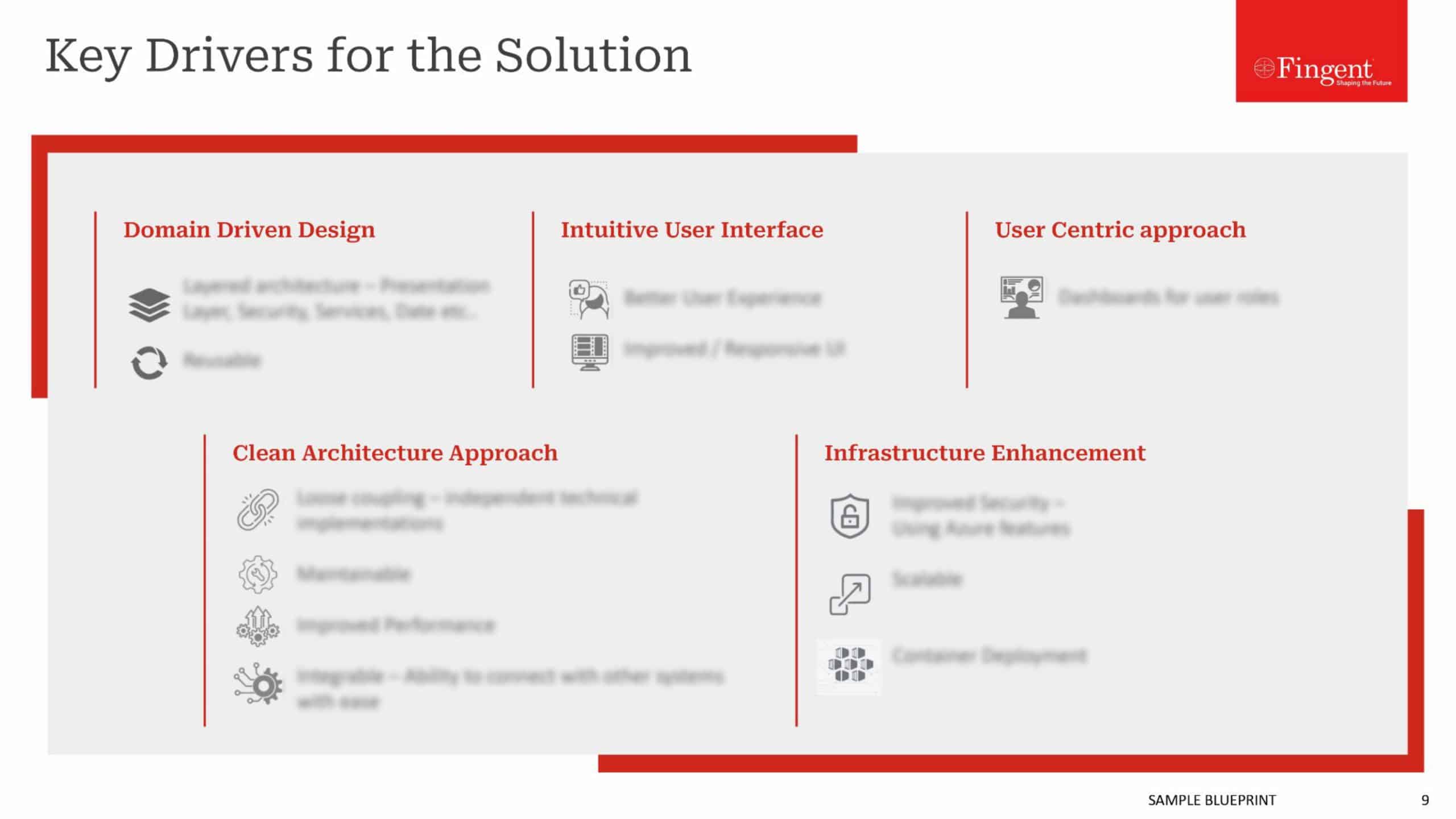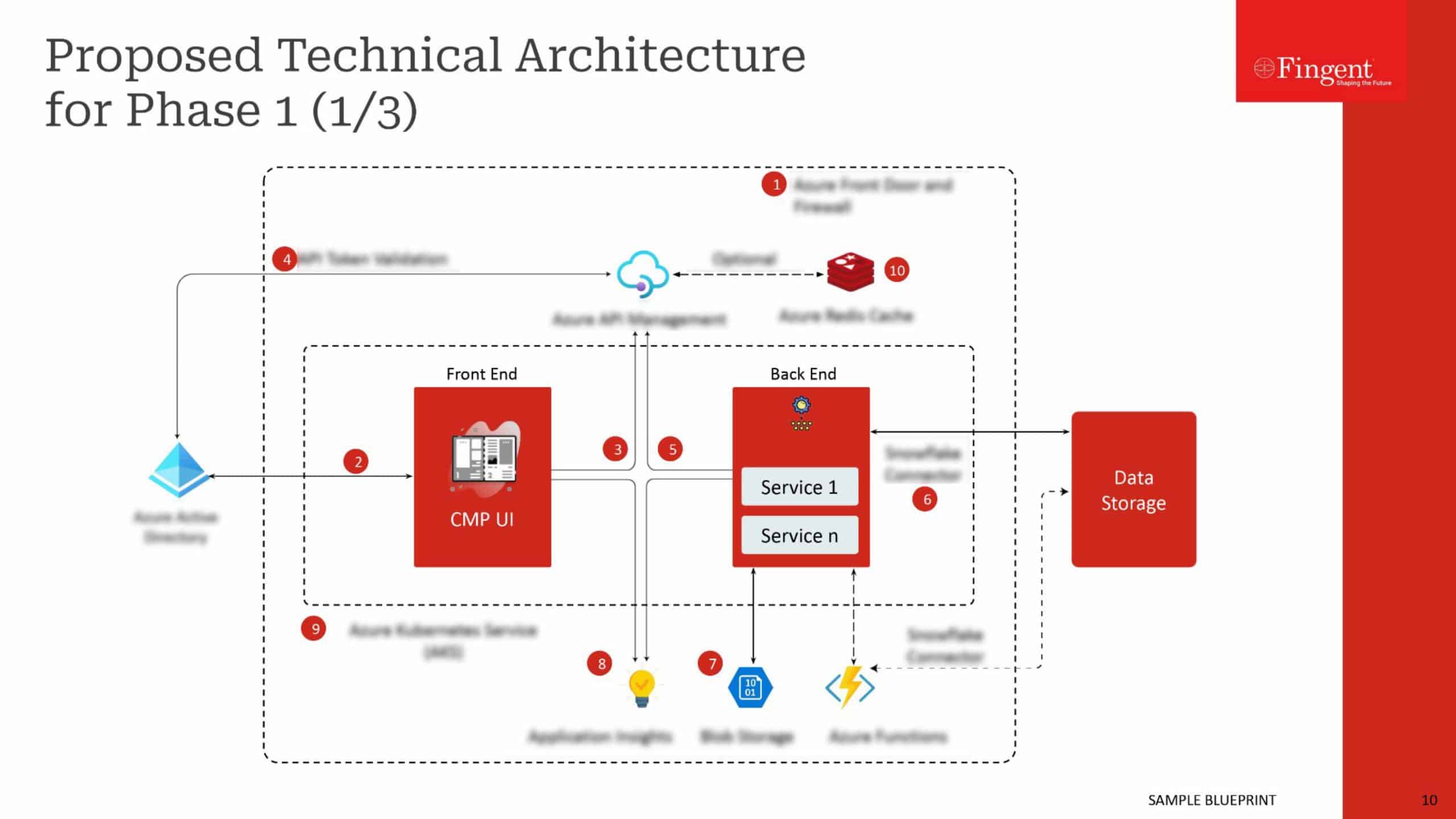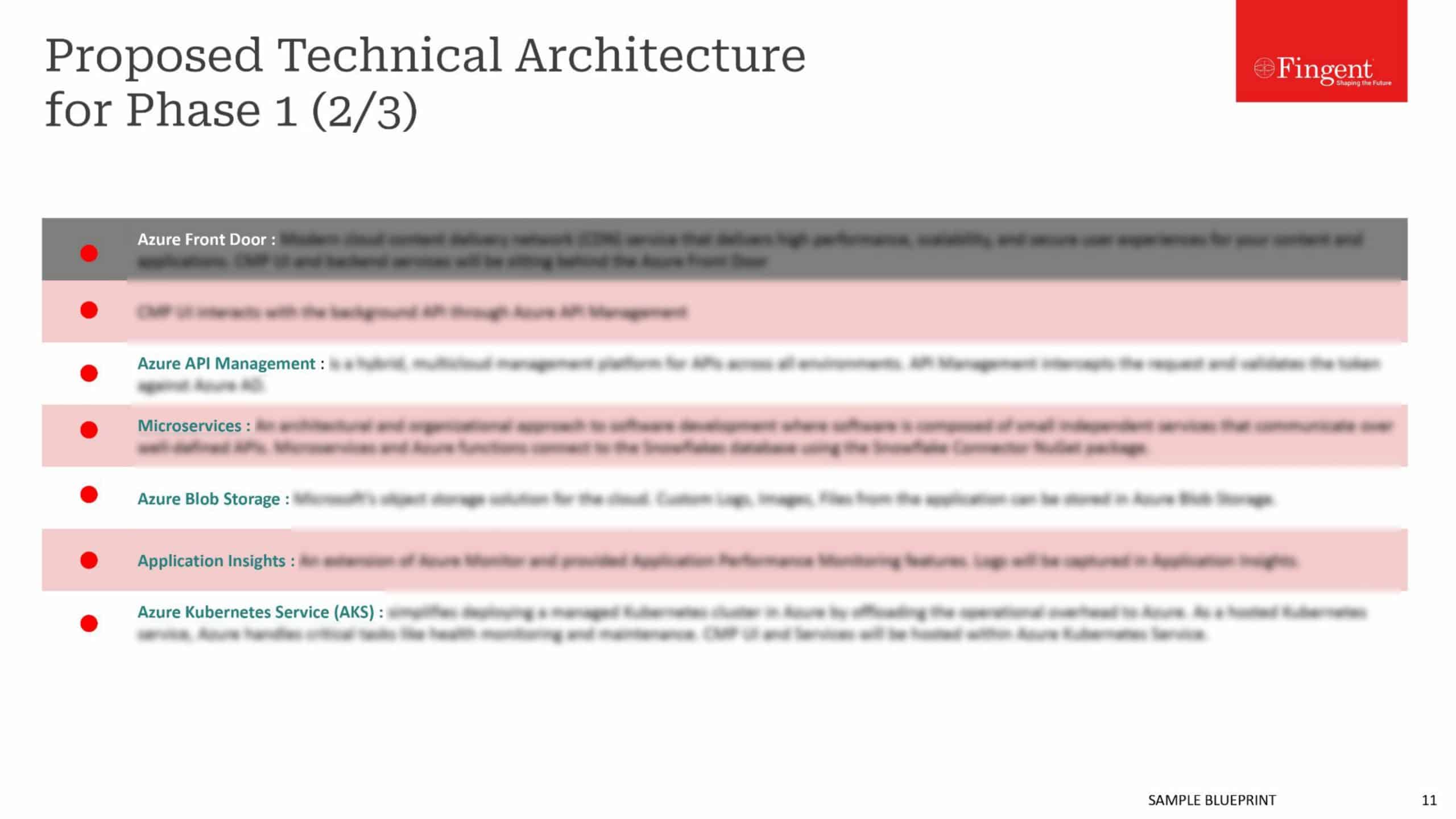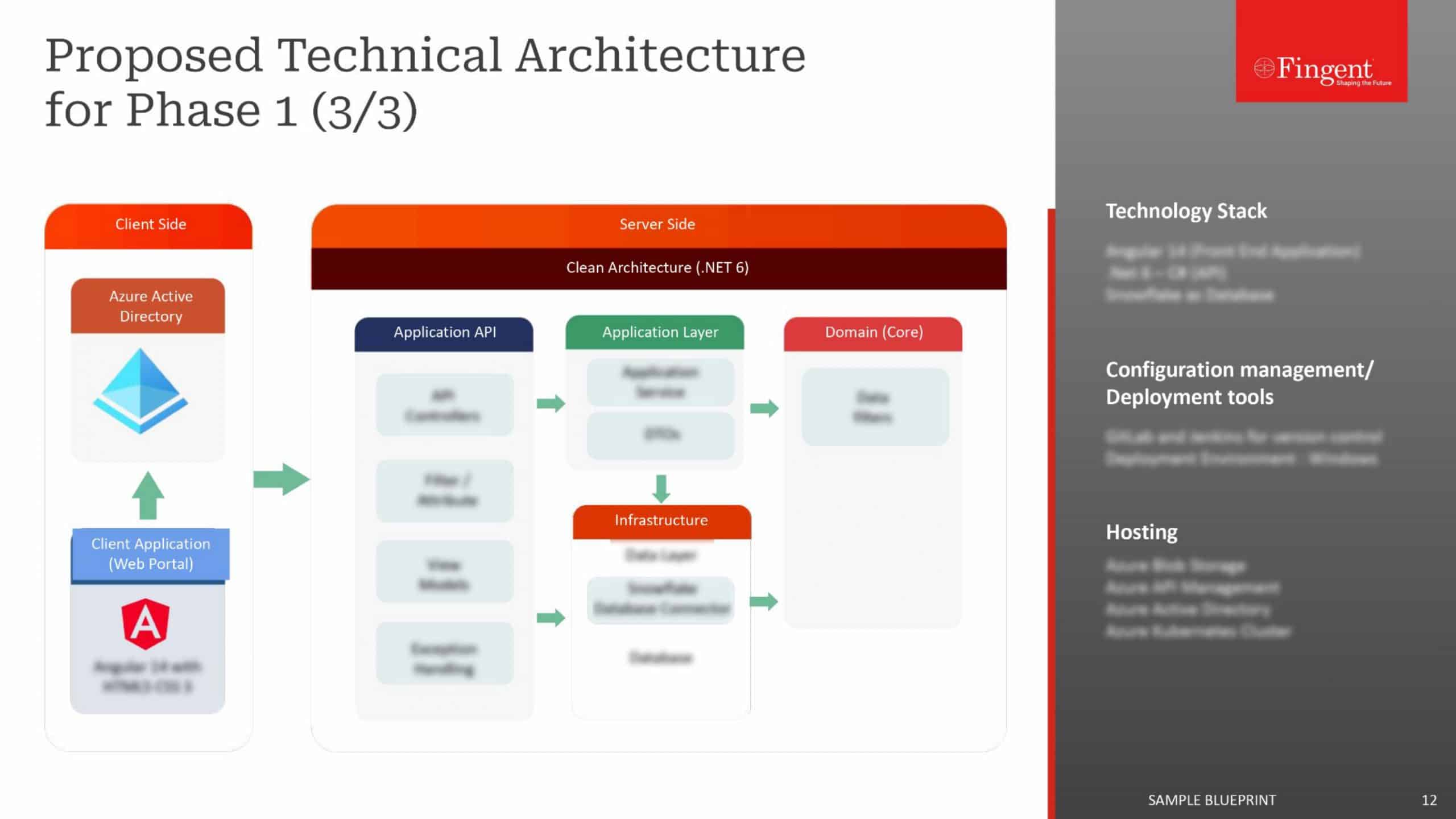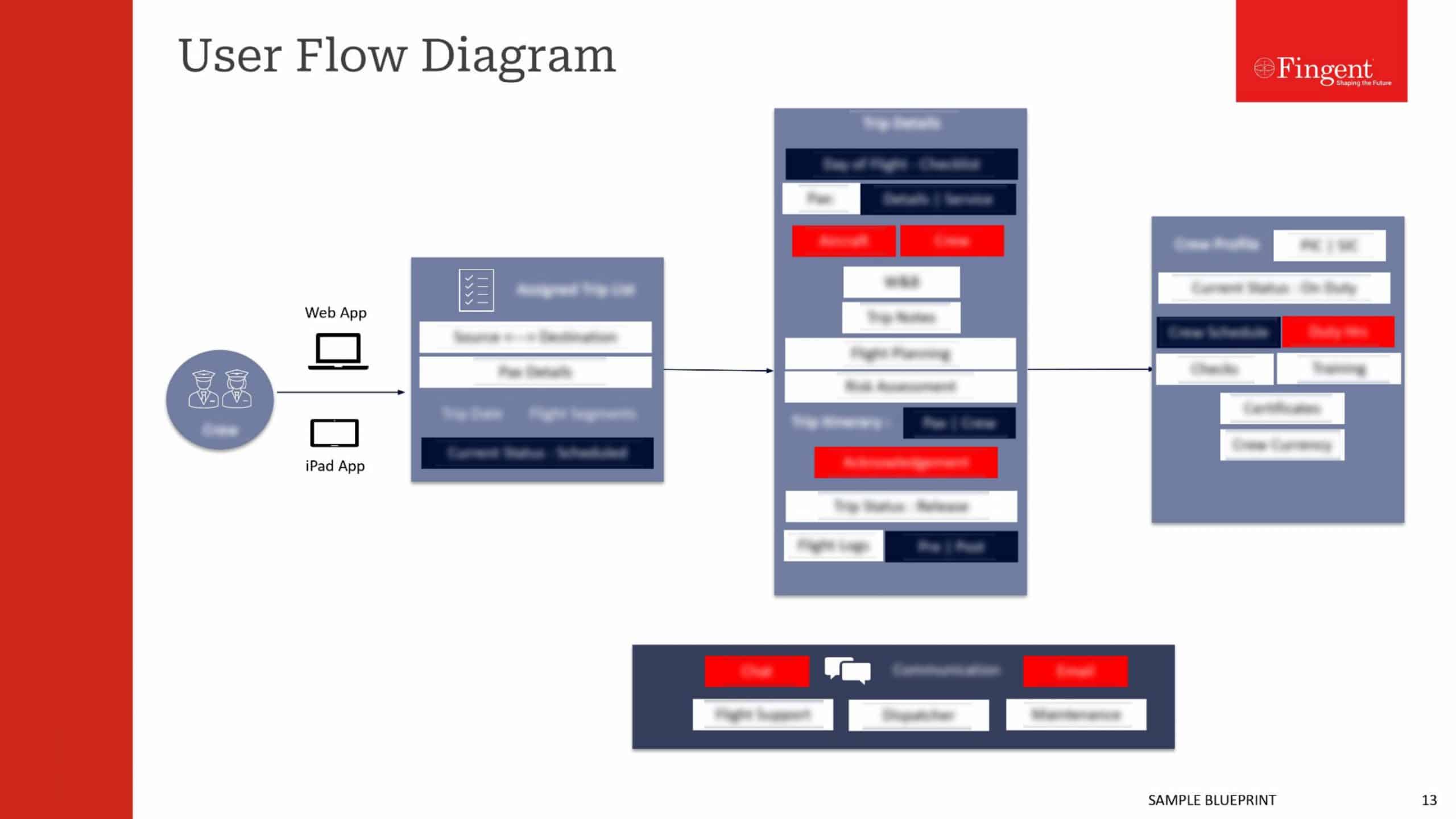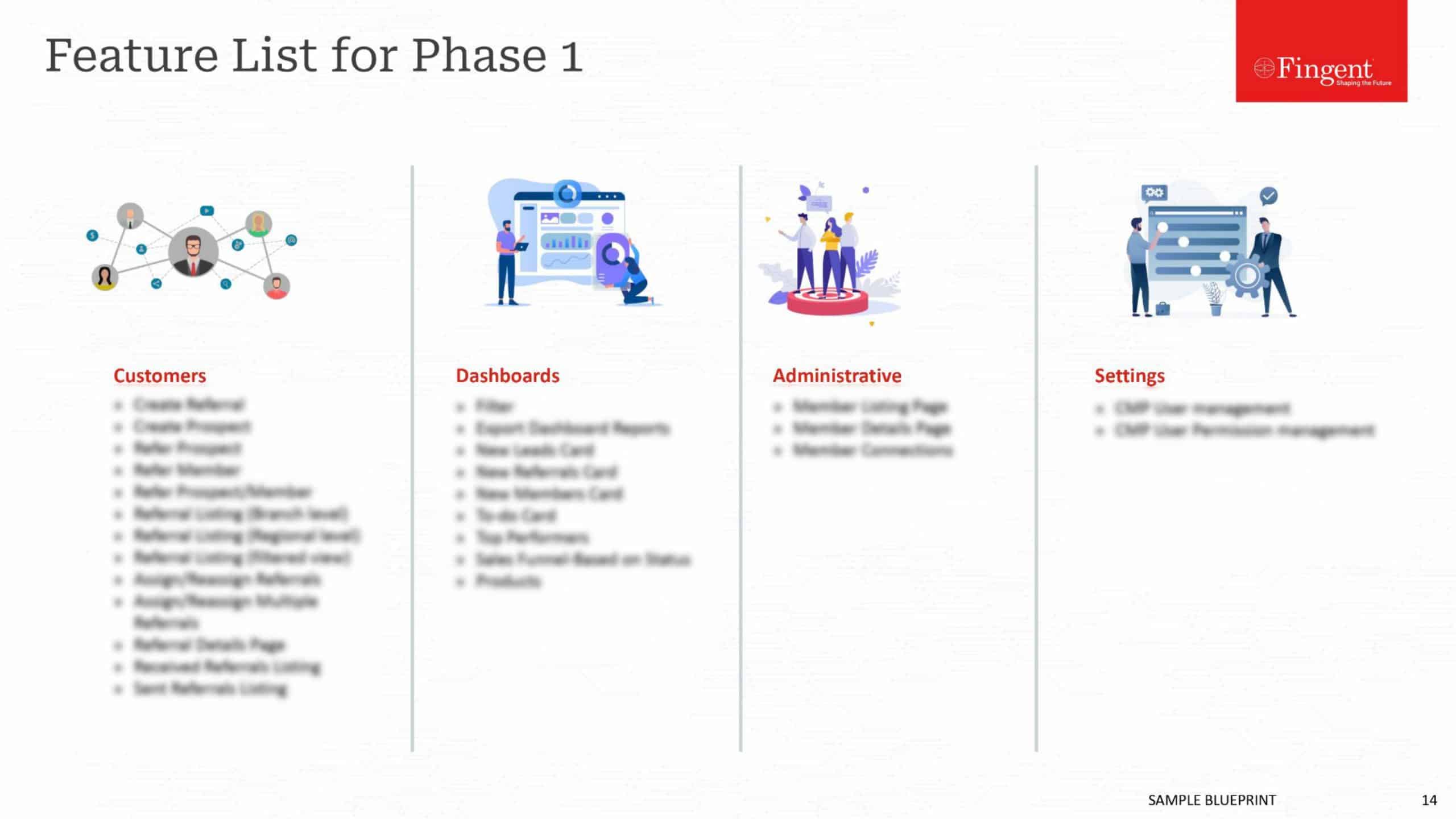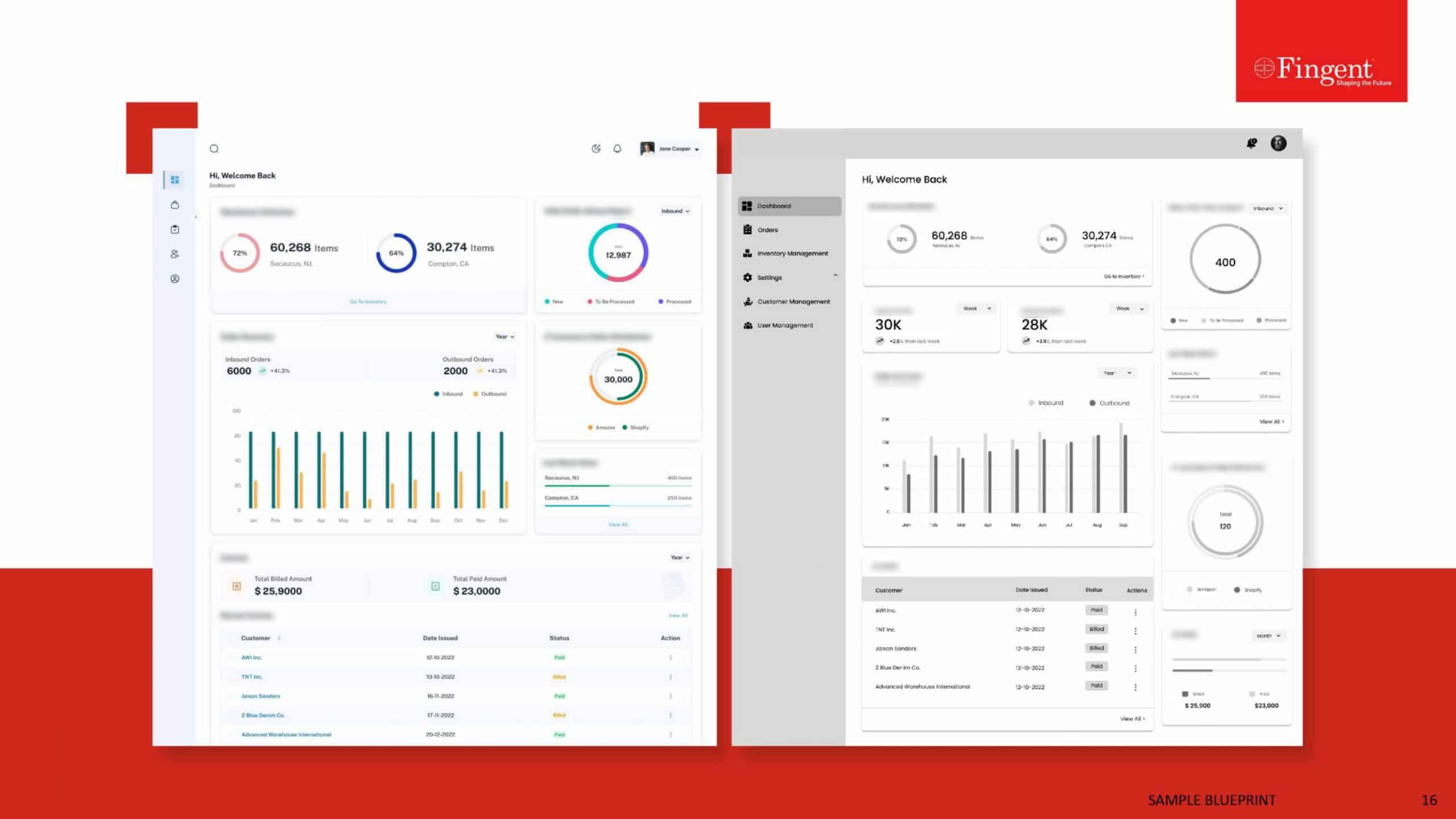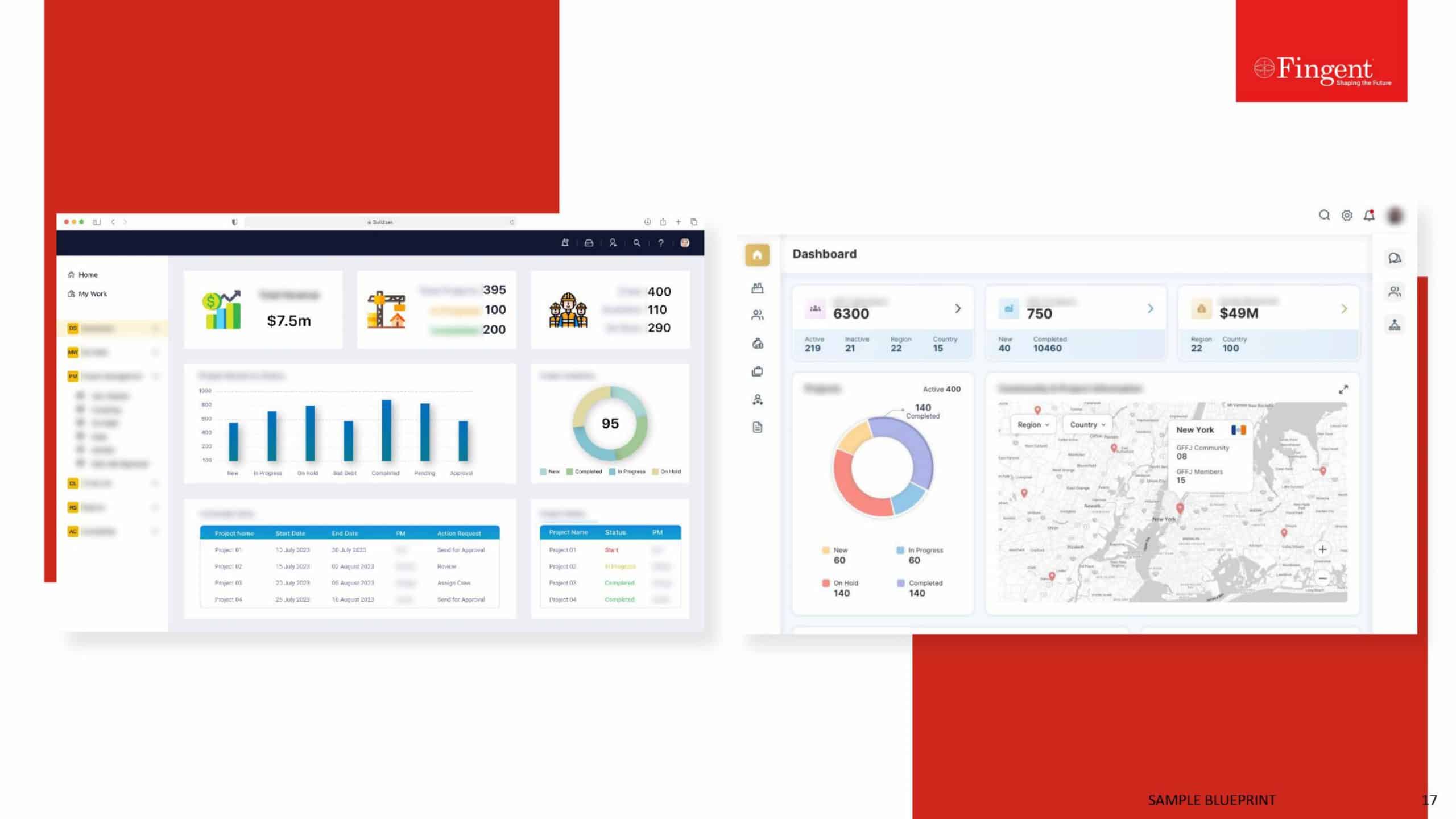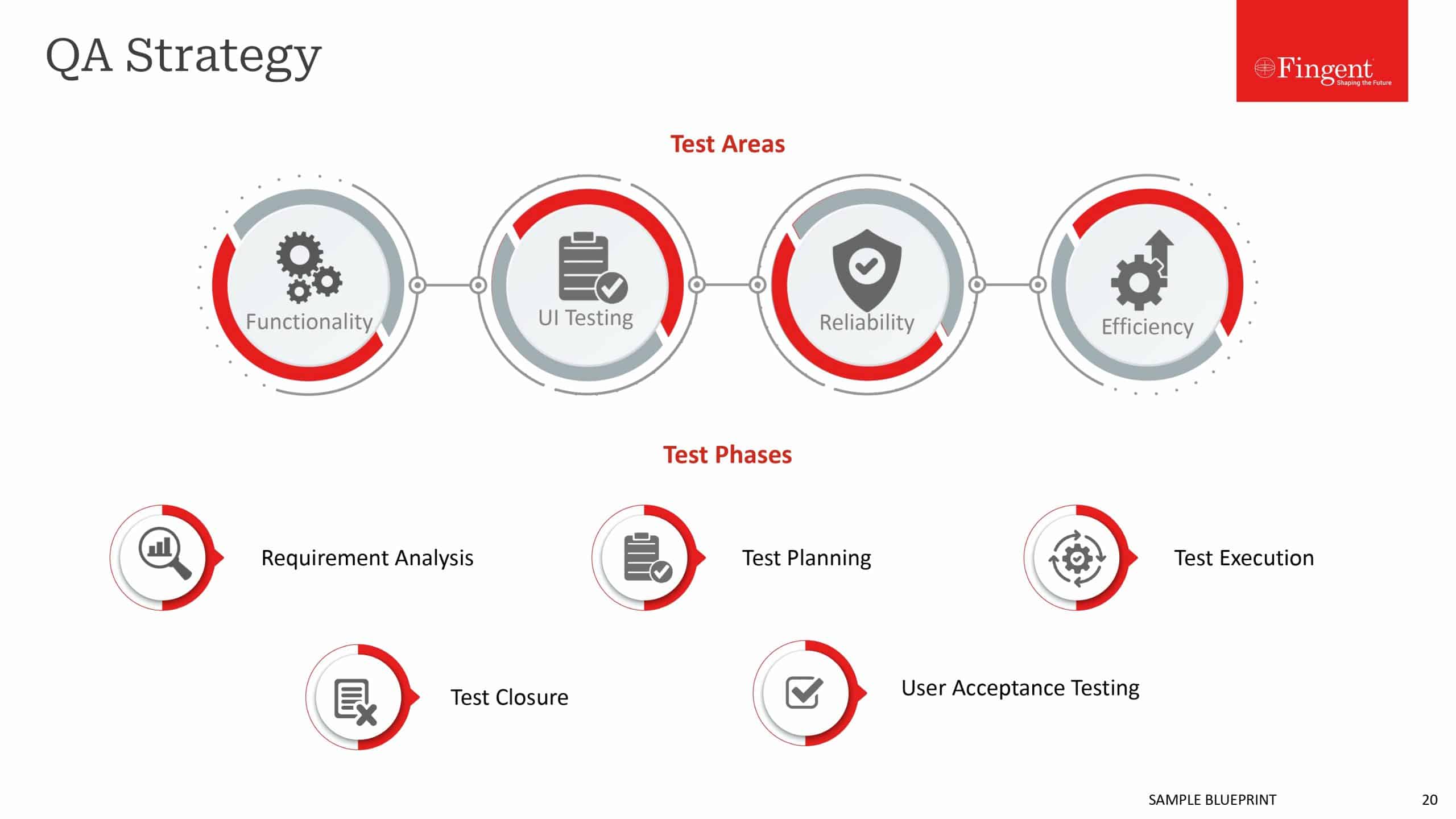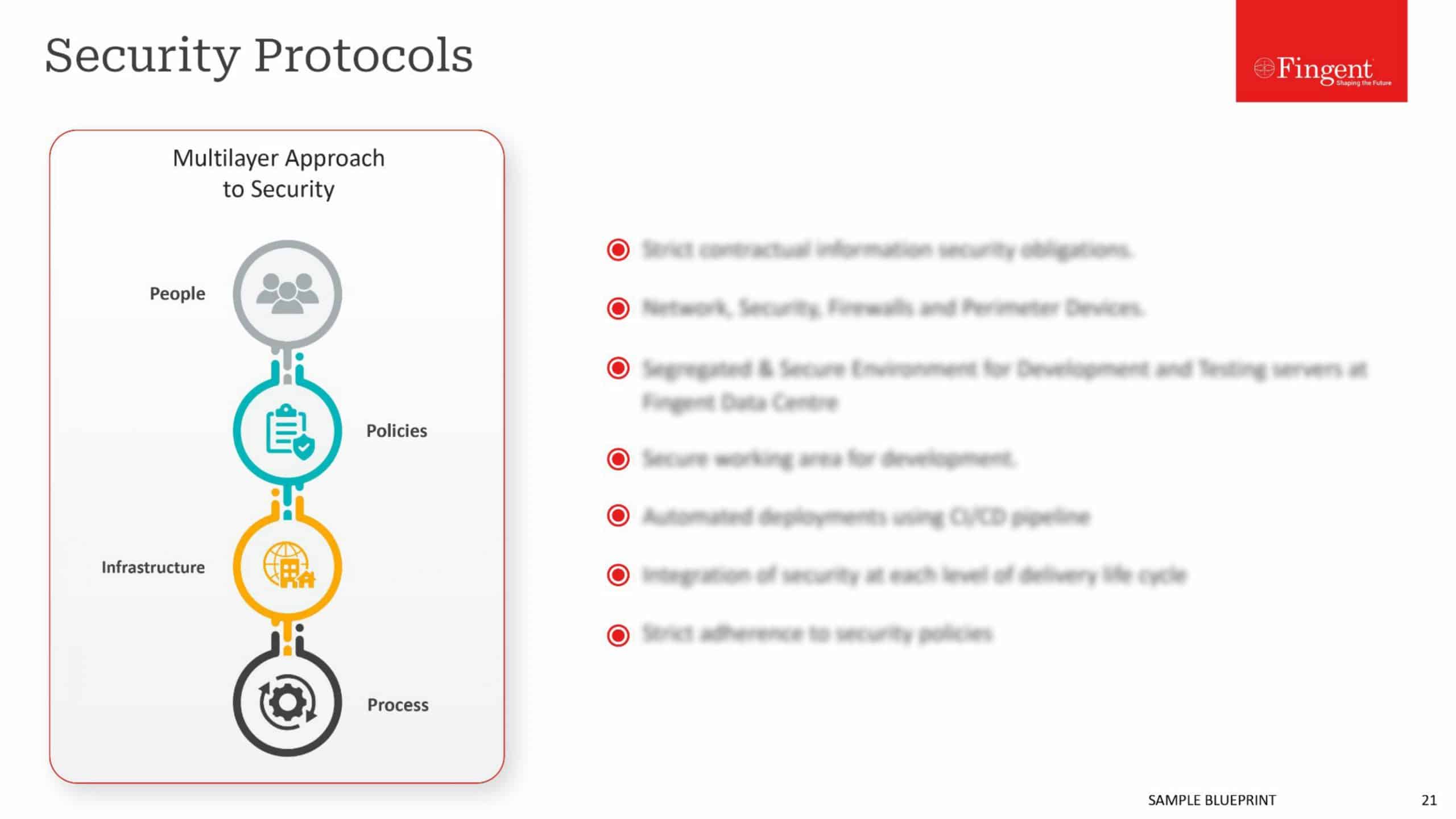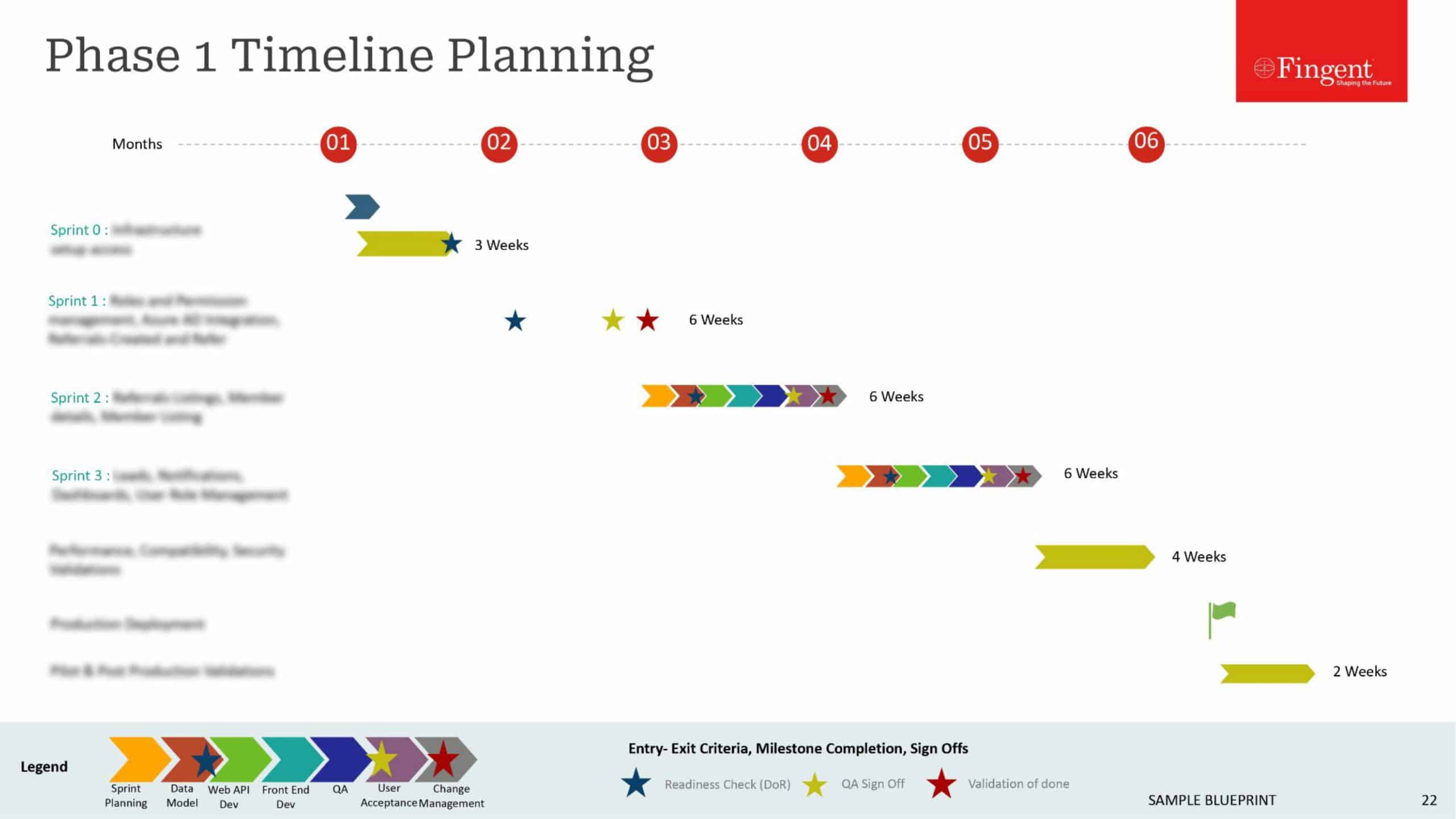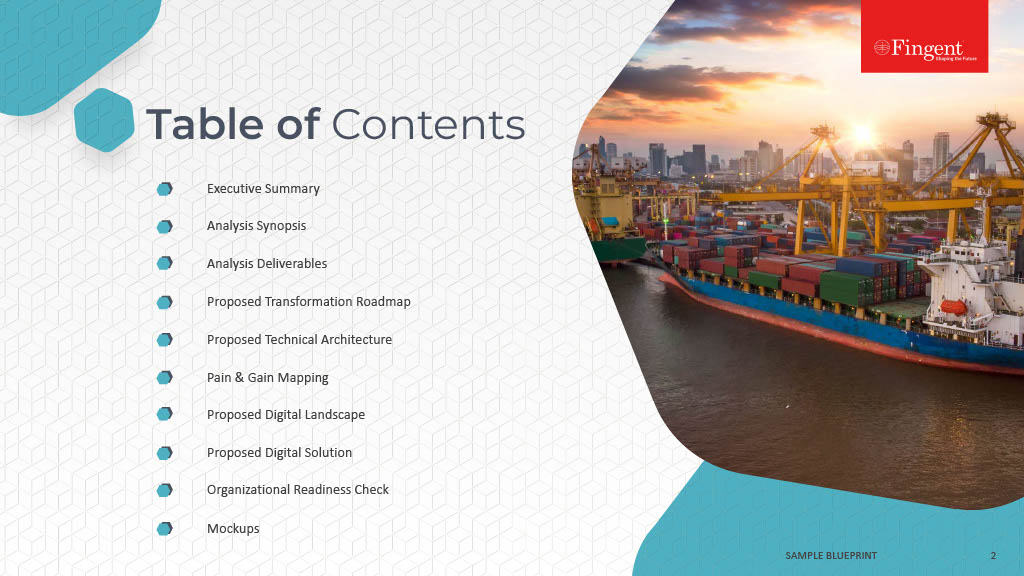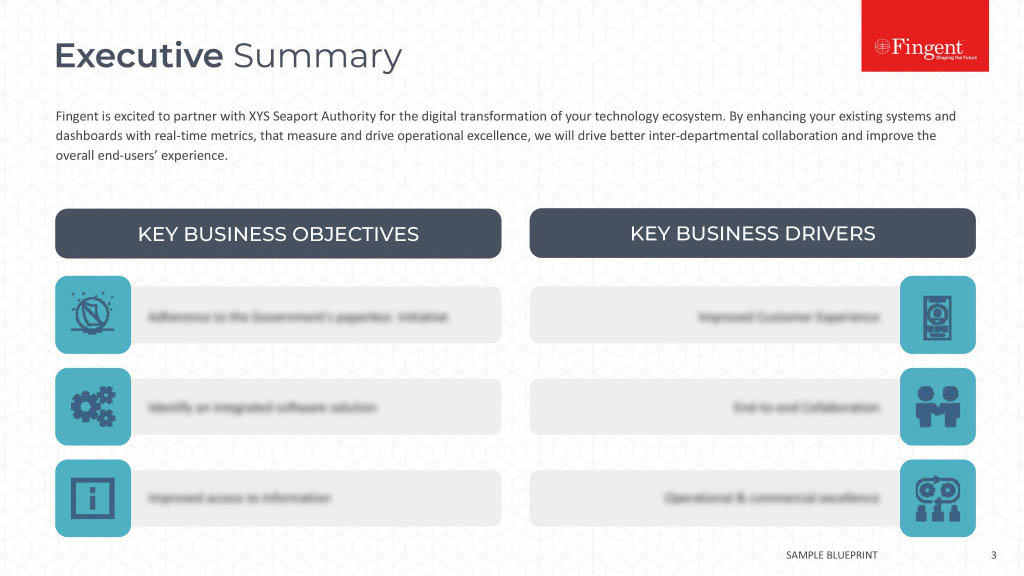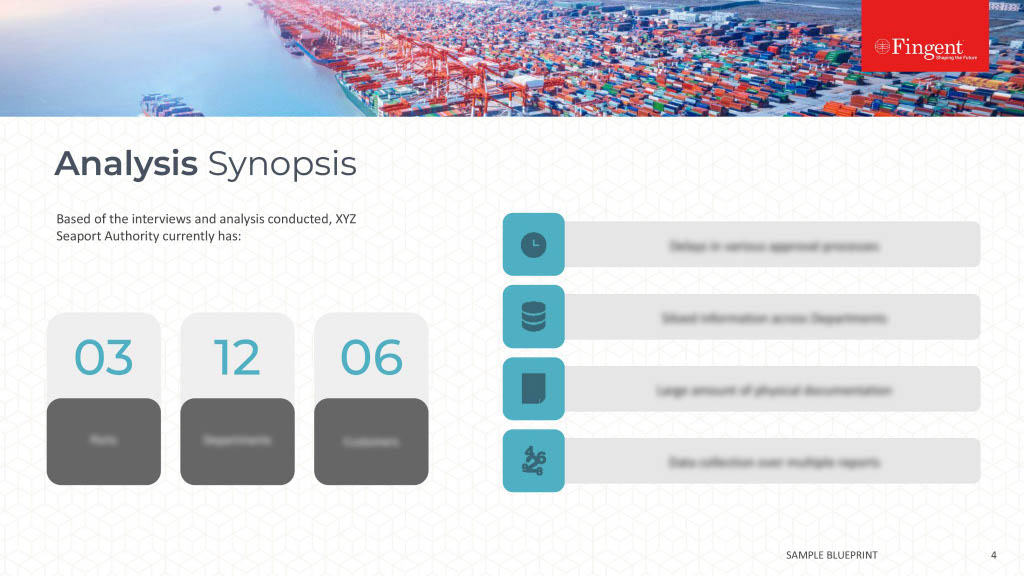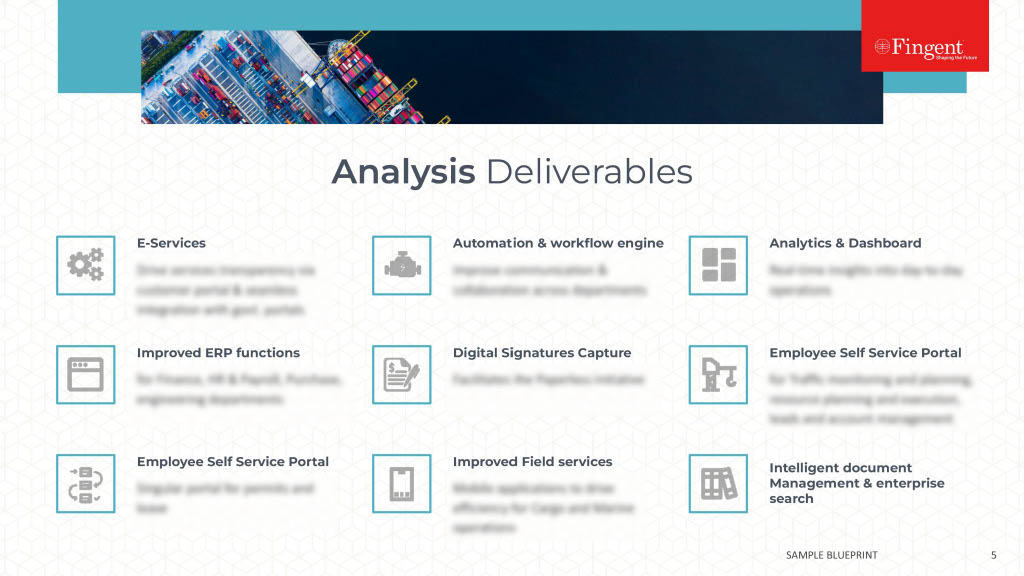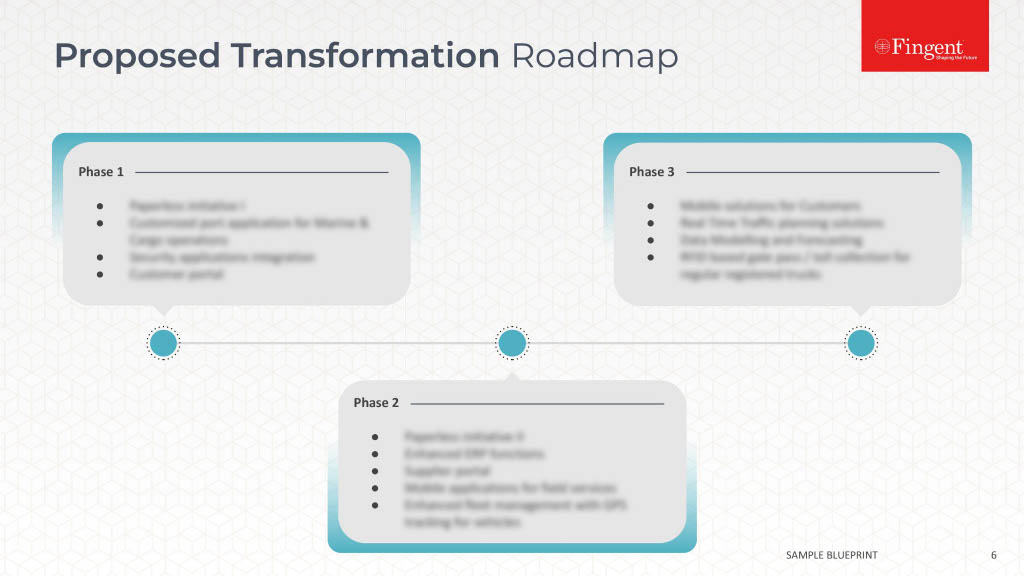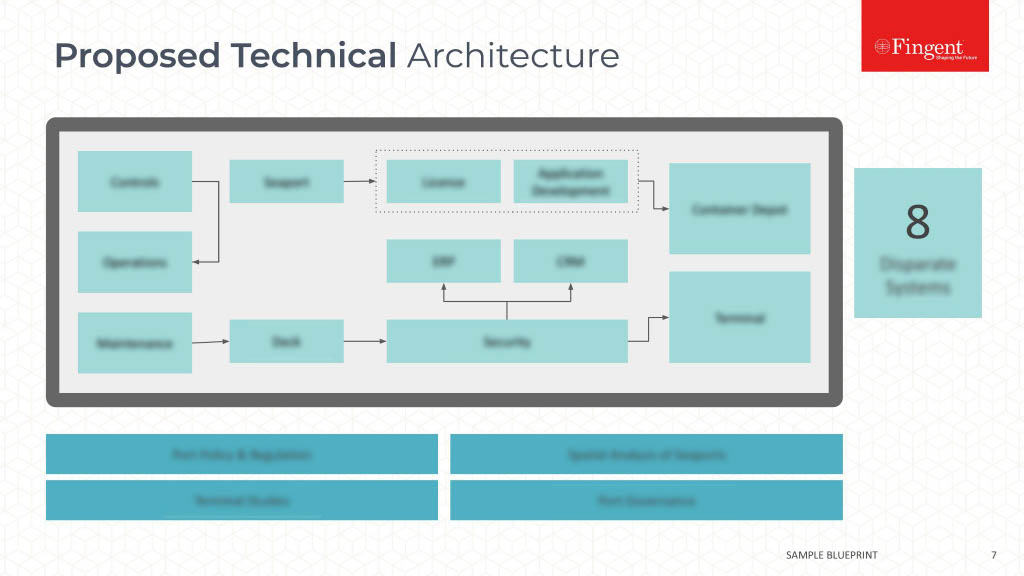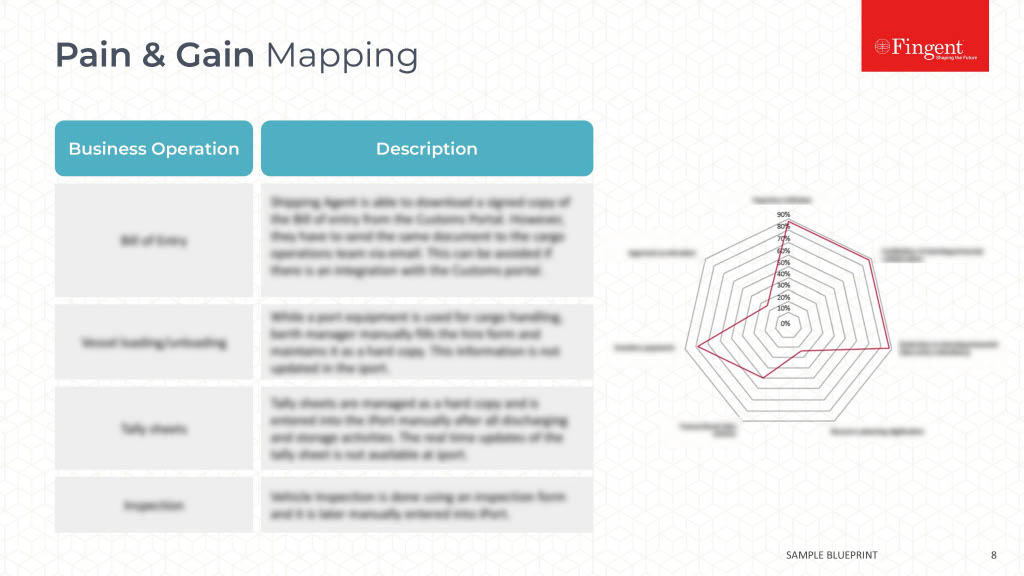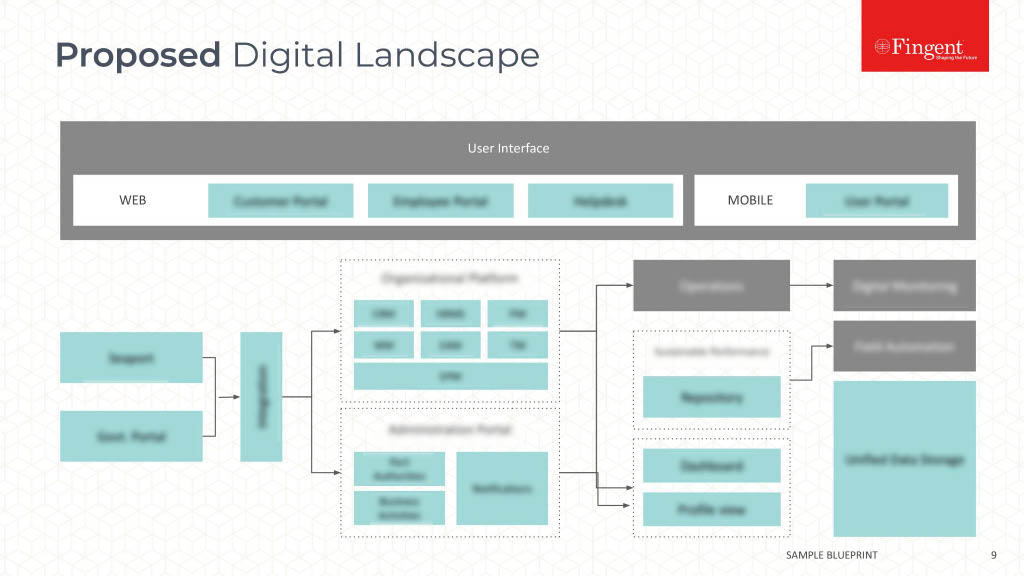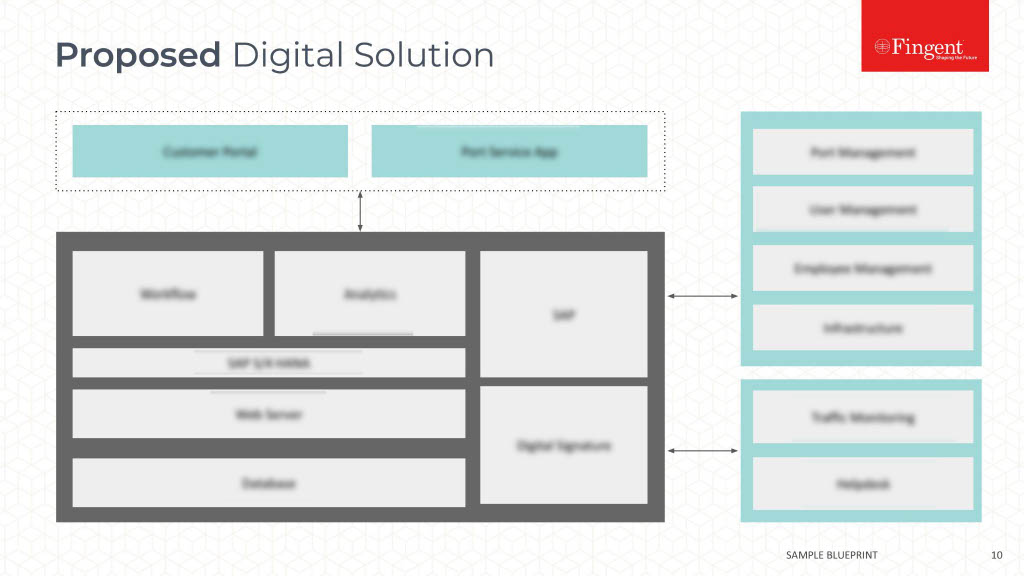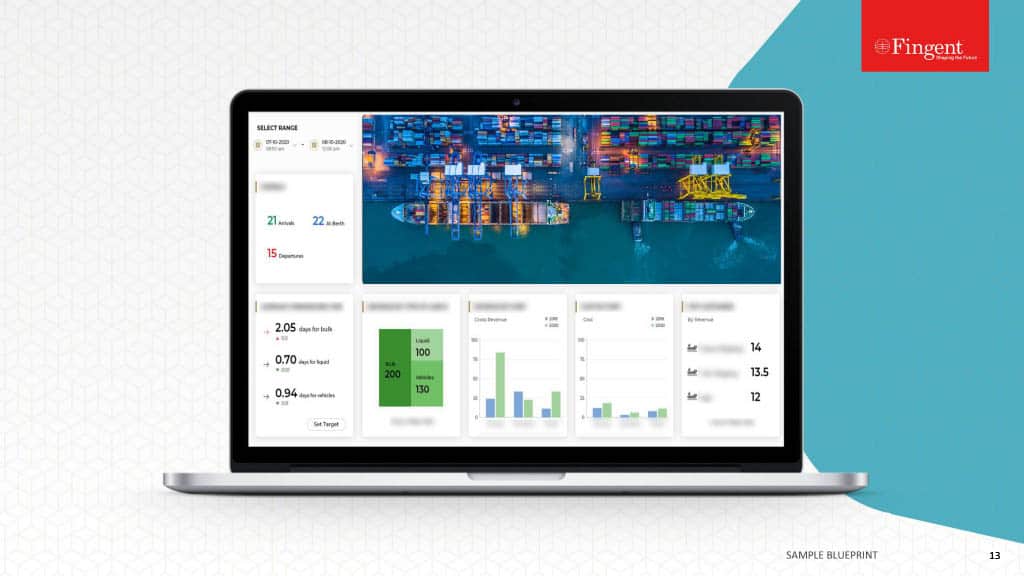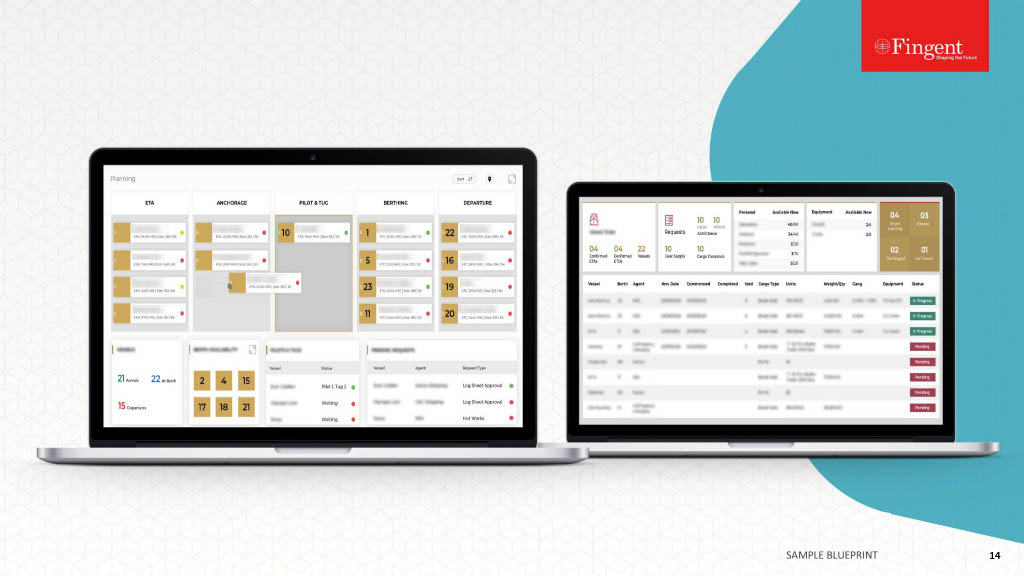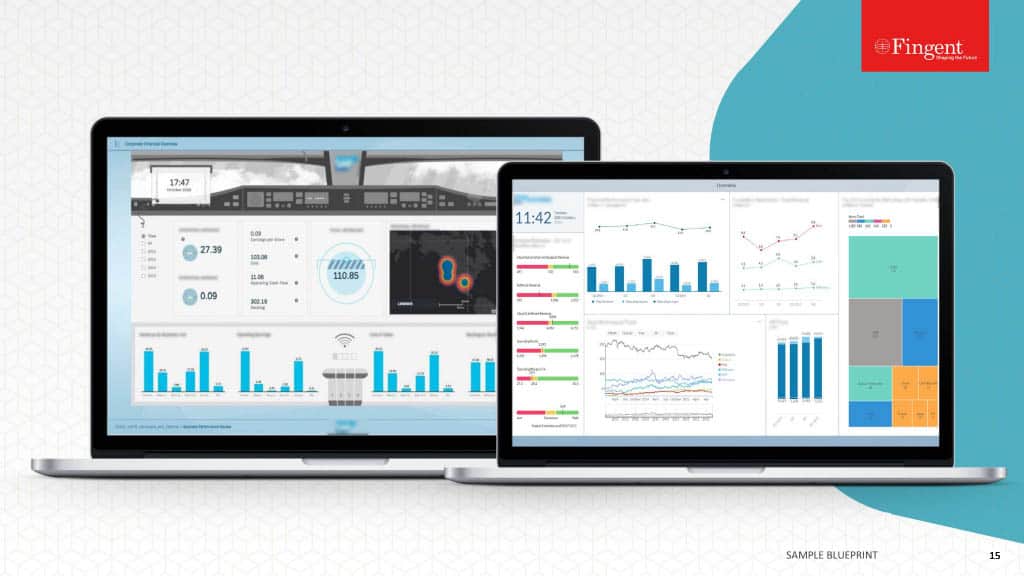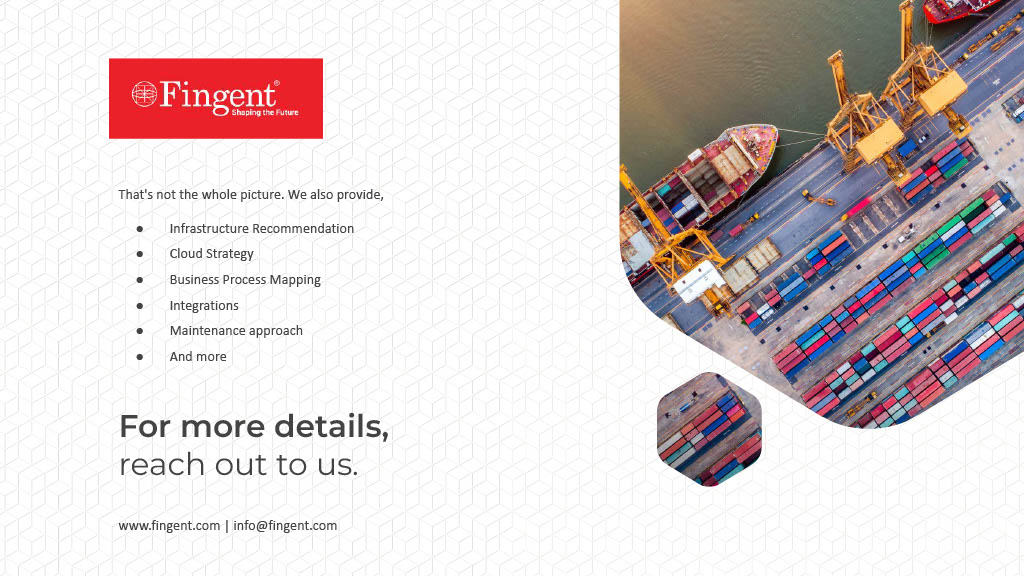Category: Digital Transformation
How can a custom payment processing solution change your business?
The benefits are many: streamlined payment processes, safe transactions, easy fraud detection, and better customer experience. However, you might wonder why choose a customized solution when ready-made software can easily fetch these advantages. Tailor-built applications can do more! They offer seamless integrations, personalization, scalability, and distinct solutions that cater to your unique business needs.
In this five-minute read, you’ll find more about why you implement a custom payment processing solution for your business!
What Business Challenges Do Payment Processing Systems Alleviate?
1. Late Payments
Late payments pose a persistent challenge for enterprises. They puncture cash flows and strain client relationships. Custom payment processing solutions tackle this issue. Automated invoicing, recurring billing, and payment reminders help ensure timely payments. Streamlining payment collection enhances cash flow management, mitigating delays and improving financial planning.
2. Manual Mishaps
Manual glitches in payment processing are a hassle. They can brood discrepancies in financial logs and regulatory tangles. Custom solutions harness automation to excise manual data input. This helps in seamlessly integrating with accounting frameworks and ERP software. This, in turn, ensures precision and uniformity in financial dealings. It also economizes time and resources while enhancing accuracy.
3. Security Concerns
Security is crucial when handling payments. With cyber-attacks increasing each year, protecting payment information is critical. Customized solutions enable security measures like tokenization, encryption, and following PCI compliance rules. These protections help keep payment data safe during transactions. They also reduce the risk of fraud or identity theft, which makes customers feel more confident about using the service.
4. Lack of Integration
Fusing payment processing systems with existing infrastructure poses a puzzler for enterprises. Customized solutions are architected to blend seamlessly with various business systems, including CRM platforms and e-commerce portals. This amalgamation streamlines operations, heightens visibility, and enhances decision-making processes.
A Unified Self-service Customer Portal Transforming Payment Experience
What Are the Top Benefits of Payment Processing Solutions?
Let’s now unveil the metamorphic might of payment processing solutions. More importantly, see their potential to revolutionize enterprise financial functions.
1. Cash Flow Augmentation
Efficient payment processing bolsters cash flow by automating invoicing, payment collection, and reconciliation. Timely payments ensure a steady fund inflow. This is important in meeting fiscal commitments, investing, and sustaining liquidity.
2. Security Supremacy
Payment processing solutions ensure robust security, including encryption, fraud detection, and safeguarding sensitive data. Adherence to standards like PCI DSS fosters trust among customers and stakeholders.
3. Client Contentment
Frictionless payment encounters amplify client satisfaction and allegiance. Various payment alternatives, secure checkouts, and instantaneous confirmations ensure this. They truncate friction and amplify repeat transactions.
4. Reporting and Analytics
Access to real-time data and analytics catalyzes informed decision-making. Insights into transaction volumes, trends, and consumer conduct empower enterprises. They can pinpoint growth prospects and fine-tune strategies.
Why Choose Custom Over Off-the-Shelf?
Businesses frequently grapple with the choice between off-the-shelf and custom payment processing solutions. Granted, off-the-shelf options provide convenience and cost-effectiveness. However, they may fall short of meeting unique organizational needs. In contrast, custom solutions are crafted to fit specific requirements, offering unmatched advantages.
Custom payment processing solutions allow for flexibility and scalability. They empower enterprises to adapt and evolve in the face of fluctuating market dynamics and consumer demands.
Custom solutions provide unmatched flexibility to accommodate singular business processes and demands. They employ personalized workflows, user interfaces, and integrations with extant systems and third-party applications. Custom solutions harmonize these tools with organizational aspirations and priorities. This optimizes efficiency, augments productivity, and catalyzes innovation across the payment realm.
Limitations of Off-the-Shelf Solutions
Off-the-shelf solutions may seem like a quick and cost-effective way to get started, but they often come with limitations, especially in terms of functionality, customization options, and scalability. Businesses may find themselves constrained by rigid workflows and limited integration capabilities. Support for specialized payment methods or industry-specific requirements isn’t provided, either. Reliance on third-party vendors for updates, upkeep, and support can be a hassle. It can engender dependency dilemmas and potential hiccups in business operations.
On the other hand, custom payment processing solutions remove this element. They offer greater sway, flexibility, and ownership over the payment setting. They help enterprises optimize processes, strategically innovate, and stay ahead of the curve.
Deliver Top-Notch Banking Experiences to Your Customers!
How Do I Strategize A Custom Payment Processing Solution?
Let’s explore the strategic blueprint behind crafting custom payment processing solutions. Also, take a look at how they cater to unique business requirements:
1. Understanding Business Requirements
Businesses must first grasp their specific needs and objectives. A thorough analysis of current processes, pain points, and future goals is key. A deep understanding of business requirements is essential here. Whether its optimizing invoice management, enhancing security protocols, or integrating with existing systems.
2. Scalability and Flexibility
In today’s dynamic business landscape, scalability and flexibility are crucial. This holds true in a custom payment processing solution as well. Priorities are accommodating increasing transaction volumes, expanding product lines, and evolving business models. Adopting scalable architecture and flexible design principles can future-proof the payment processing ecosystem.
3. Compliance and Security
Compliance and security are paramount in financial transactions. A custom payment processing solution should adhere to regulatory requirements, including PCI DSS, GDPR, and industry-specific standards. Robust security measures such as encryption and multi-factor authentication are vital. They safeguard sensitive payment data and mitigate the risk of fraud and data breaches.
4. User Experience
User experience (UX) is critical for the success of any payment processing system. A seamless and intuitive user interface is important. This, coupled with streamlined workflows and clear communication, enhances usability and efficiency. Prioritizing UX can help in many ways. Organizations can improve adoption rates, reduce user errors, and enhance customer satisfaction.
How Can Fingent Help?
Fingent specializes in crafting custom software solutions. This includes personalized payment processing systems tailored to our client’s unique requirements. We have extensive experience in the field. Streamlining payment operations, bolstering security, and fostering business growth are our forte.
Our approach starts with a deep dive into our clients’ needs, objectives, and challenges. We work closely with stakeholders to get the complete picture. We gather insights, pinpoint pain points, and establish success metrics. Experts are handpicked, drawing on our technical expertise and industry knowledge. We then design and develop bespoke solutions that precisely address our clients’ needs. Consider this case study:
These features enable effortless payment experiences for customers, ensuring security and reliability. This collaboration exemplifies Fingent’s commitment to delivering innovative custom software solutions. Our strength is in tailoring these solutions to meet the unique needs of our customers.
Get Custom, Get Smart!
Payment processing systems tackle vital business challenges like late payments and manual errors. This is achieved through customized solutions for improved cash flow and enhanced security. Strategic planning and choosing the right partner are key.
Leverage Fingent’s expertise! Transform your payment processes and unlock new opportunities for success. See how our custom software solutions can empower your organization to thrive in the digital economy. Contact us today.
Stay up to date on what's new

Featured Blogs
Stay up to date on
what's new



Talk To Our Experts
Achieving perfection is no easy process. It is not impossible either. It takes a lot of effort and hard work but with the help of Artificial Intelligence, this process can become a lot smoother. AI has undoubtedly proved itself in innumerable industries, and the financial market is no different.
With AI, Financial sectors are seeing a massive transformation in how they work, process documents, make decisions, predict market changes, and even mitigate risks.
As Dan Schulman, the CEO of PayPal once said, “We’re not trying to reinvent the wheel; we’re trying to perfect it.”
In this blog, we will learn how Artificial intelligence is shaping the future of financial services.
What Does Artificial Intelligence Mean to the Financial Service Sector?
First, it’s imperative to understand the relationship between Artificial intelligence and finance. Almost all major banks state that they use AI for various functions. It supports financial services like automated customer assistance, risk management, and fraud detection. Research shows that machine learning makes up about 18% of the banking, financial services, and insurance market.
With the assistance of AI, banks can perform a wide range of functions, including real-time performance forecasting, detection of odd spending patterns, and compliance management. This enables them to streamline and automate mundane manual processes and boost efficiency.
With machine learning, AI can evaluate large amounts of data to discover trends and form predictions. This allows investors to track investment growth and beware of risks.
A Comprehensive Guide: Leader’s Blueprint For AI Success
Top Functions That Artificial Intelligence Can Improve
1. Fighting Fraud
Ensuring the proactive protection of financial assets remains paramount for customers. It instills a sense of confidence and satisfaction in their investments. Artificial intelligence can help here. It analyzes a person’s buying behavior and notes their spending patterns. Something that seems out of the ordinary triggers an alert in the fraud detection systems.
Machine learning algorithms can easily detect fraudulent patterns and actions. This helps financial institutions take preventive measures to tackle financial crime. According to recent research, AI-driven systems have detection accuracy rates of up to 95%! Traditional systems normally range between 60-70%. That’s a significant increase.
Case study:
Companies like PayPal and Square leverage artificial intelligence well. AI algorithms track transaction patterns and detect suspicious activities that may signal fraud. These ML systems improve with time as they continuously learn from new data, enhancing their performance.
2. Risk Management
Addressing potential threats before they escalate into real issues. This is the secret to resolving most business challenges.
Risk management programs can be run through AI risk assessment, prediction, and mitigation. This encompasses credit risk, identifying fraud, and monitoring compliance. This will improve risk management procedures and lower the odds of suffering financial losses.
Predictive analytics enabled by Artificial Intelligence can enable proactive risk management techniques. Businesses can predict market movements and detect possible dangers before they occur. In this way, AI helps improve risk management methods, make better decisions, and build resilience, which is vital in an ever-changing financial world.
Case study:
JP Morgan used a machine learning system nicknamed LOXM (Deep Learning and XVA). It can forecast market risk indicators, including interest rates and credit spreads. LOXM enhanced the accuracy of market risk projections manifold. It achieved this by adding non-linear correlations and intricate interactions between variables. This allows traders and portfolio managers to make better investment decisions.
3. Personalized Customer Service
Everyone likes to feel special to have a service customized especially for them. As a service provider, your top priority will be to fulfill this desire. By providing individualized customer care, you can display your loyalty, care, and business success. A recent Epsilon survey shows that “80% of customers feel more compelled to engage with a service when they receive customized offers.”
Chatbots and virtual assistants powered by AI are remarkable tools. They offer individualized customer care, resolve inquiries, and assist with budgeting. They do this with the backbone of Natural Language Processing (NLP) algorithms. These algorithms analyze consumer sentiment and organizational feedback. This leads to improvements in service quality and an improved customer experience.
Read more: AI in the banking sector
Artificial intelligence can also provide personalized recommendations for financial assets and services. This includes investment possibilities or insurance plans. These will be based on the customer’s taste and financial goals. Which in turn are retrieved through consumer data analytics and transaction histories.
This way, AI can enhance the whole customer experience, develop loyalty, and increase engagement. This will eventually boost market growth and competition. A report by McKinsey showed the results of banks that use customized product suggestions. They saw a 20-30% improvement in conversion rates!
Case study:
USAA introduced Nina, an AI-powered virtual assistant. It provides individualized customer care via voice and text interactions. Nina uses NLP algorithms to comprehend natural language inquiries. It then delivers appropriate information and support. Thus improving the entire customer service experience.
4. Quicker Document Analysis
Managing and extracting value from massive volumes of unstructured data isn’t an easy task. AI, Natural language processing (NLP), and optical character recognition (OCR) help in this. Data is extracted and organized efficiently, which leads to efficient document arrangement and analysis.
According to research, mortgage applications and loan approval times have been reduced by 30-50%! This is achieved by integrating AI into loan processes.
With AI as the backbone, you can monitor compliance by guaranteeing adherence to regulatory standards. How is this done? AI-powered systems meticulously scan documents to verify compliance with organization rules. The company thus avoids penalties and regulatory hurdles. AI improves contract management by identifying essential words, clauses, and contract hazards. This empowers institutions to make more informed decisions during negotiations and monitoring.
Read more: Business Intelligence in Financial Services
Case study:
An AI-powered digital lending platform automates the loan origination process by collecting data from borrower documents and generating loan applications. Such a platform decreases human data entry and processing delays, helping lenders speed up loan approvals while improving the entire client experience.
5. Speed
“Time is money” is an age-old proverb that resonates greatly in our modern era. The need for increased speed in the financial services sector is more urgent than ever. What will help you achieve that delicate balance between speed and efficiency? This is where AI emerges as the protagonist, offering unparalleled solutions.
Speed is the cornerstone of AI’s transformative impact on the financial services landscape. Empowered by AI-driven algorithms, financial institutions can execute trades and process transactions quickly, allowing them to capitalize swiftly and efficiently on market opportunities.
AI-driven trading systems use present criteria and market data to trade. This is way faster than humans, thus boosting efficiency and cutting costs. According to research, the Algorithmic Trading Market was valued at USD 14.42 billion this year. It is predicted to grow at an 8.53% CAGR! Why such unprecedented growth?
AI algorithms rapidly analyze vast real-time data. This superpower provides rapid market insights for agile decision-making and adaptation. It swiftly assesses and mitigates hazards with real-time data and market dynamics, enhancing risk management.
Case study:
Fingent helped develop Ambit. A customized AI machine-learning solution that simplifies and speeds up the claims management process. The client, Sapra & Navarra, have found refuge in the solution to ease the settlement process, improve the performance efficiency of lawyers, and transform client experience.
AI Cuts Average Case Settlement Time to 1-2 Days
6. Report Generation
As per a study conducted by McKinsey, AI boosts the global banking sector’s value by $1 trillion each year! This is due to its ability to enhance decision-making skills through intelligent reports.
AI-generated reports greatly empower financial institutions to deliver short, accurate, and insightful reports. This enhances operational efficiency, compliance, and stakeholder engagement, thus refining decision-making capabilities.
Artificial intelligence has revolutionized financial report generation by automating data analytics and customization. It speeds up the process by retrieving data from multiple sources, formatting it, and creating reports. It gives users the option to customize and personalize reports, which helps better match customer needs and tastes.
Natural Language Generation (NLG) technology has also been a great complement to AI. They aid communication by converting data and insights into understandable reports. AI also streamlines compliance and regulatory reporting. By automating report creation and updates it helps ensure adherence to evolving regulations.
Case study:
AI-powered portfolio reporting solution that assists financial professionals in creating meaningful insights and suggestions for their customers. This is achieved by compiling data from many sources and using advanced analytics. Asset managers and wealth advisers can thus generate individualized performance reports for customers.
AI Changes the Game
Artificial Intelligence emerges as a game changer in the financial services world. With its revolutionary power, it disrupts traditional models. Machine learning, natural language processing, and computer vision enhance its capabilities. These are strategically applied to produce real benefits for banks. These benefits range from boosting staff and customer experiences to back-office processes.
In summary, what can AI enhance? It can create and evaluate new ideas, conduct analyses, and enhance decision-making. AI enables faster prototyping and risk analysis. It not only improves operational efficiency but also provides personalization to financial institutions.
You will have to decide to transition into this environment sooner or later, which makes it vital to find an efficient partner. A good track record and transparent communication are assets that must be on your list.
Deliver Top-Notch Banking Experiences to Your Customers!
How Fingent Can Help
Fingent is one of the world’s largest software solution providers. We have a track record of delivering personalized AI solutions to our clients.
A few success stories:
Top-Notch Plugins to Improve Customer Experience
Fingent is in collaboration with Mastercard to develop and maintain cutting-edge plugins. The goal is to improve customer experience. This benefits support staff and the merchants using the Mastercard Payment Gateway Services.
Processing Workers’ Compensation Claims Made Seamless
Processing workers’ compensation claims can be a tedious task. Fingent created unique Al software to improve and accelerate the associated procedures. It uses Optical Character Recognition (OCR) and Al to enable intelligent data extraction and contextual analysis. This helps in deriving valuable insights from bigger datasets.
This demonstrates our ability to utilize intelligent technology and new business models. Our team has experts in neural networks, natural language processing, and machine learning. They will work together to ensure that you get the best possible outcomes.
If you are looking for a capable partner to enhance your business model, look no further! We are here, and we are ready to help!
Stay up to date on what's new

Featured Blogs
Stay up to date on
what's new



Talk To Our Experts
How are Businesses Using AI?
The verdict is crystal clear—leaders today must embrace AI solutions to stay ahead of the curve and survive in the rapidly evolving business landscape. AI can be like a GPS navigation system that guides you through unfamiliar roads. From predicting market changes to automating operations and bringing intelligent services, AI is paving the way for revolutionary business innovations. However, leveraging the best of AI needs crucial understanding and strategic planning. That’s why we have compiled a quick guide to help leaders pave the way for success with AI solutions.
The benefits of AI for businesses are vast. One major advantage is its ability to automate repetitive tasks, freeing valuable human resources to concentrate on strategic initiatives. AI’s ability to extract valuable insights from large volumes of data is one essential element businesses can utilize to make better decisions. Many industries already use AI’s qualities to improve customer experiences and gain a competitive edge. For instance, in the healthcare industry, AI is being used to diagnose diseases more accurately and quickly. In the retail sector, AI-powered chatbots are enhancing customer service. Here’s a detailed view of how various industries use AI to enhance performance.
“Leaders, embrace AI! Make it your superpower!” – Robert Barber, Leadership Development Trainer and Executive Coach.
How is AI Used in Different Industries?
- Healthcare: AI-powered diagnostic tools can analyze medical data, evaluate a patient’s conditions, and recommend treatments. These tools assist healthcare professionals in accurate diagnosis and treatment planning.
- Finance: AI algorithms serve various purposes in finance. They are used for fraud detection, risk assessment, and algorithmic trading. This enables financial institutions to manage risks better and improve investment strategies.
- Manufacturing: AI-driven predictive maintenance systems are crucial in anticipating equipment failures. They can predict issues before they happen, reducing downtime and improving production efficiency.
- Retail: AI-powered recommendation systems personalize content and user experiences. Like a DJ, they create playlists based on listener preferences and moods! AI provides tailored suggestions, increases engagement, and boosts sales.
Plan Custom AI Business Solutions With Us!
How Can Businesses Strategize Success with AI Solutions?
In the quest for organizational success, the strategic integration of AI can be a game-changer. AI holds immense potential for businesses across industries. From streamlining operations to unlocking new opportunities for innovation, it can do it all. Let’s explore key strategies for strategizing and realizing success with AI implementation.
1. Identifying Potential Impact Areas for AI Implementation
Identify potential areas within business operations where AI can make a significant impact. This could include tasks that are repetitive, data-intensive, or require complex decision-making. An excellent example is AI-powered chatbots in customer service. They handle routine inquiries and free up human agents to focus on more complex issues. Similarly, AI-driven predictive maintenance systems help in manufacturing. They optimize equipment uptime and reduce maintenance costs.
2. Planning an AI Strategy
Create a good plan for using AI. Think carefully and make sure it fits with what your organization wants to achieve. Here are the key things to do:
- Assessment: Look closely at how things are done in the company. Find out what’s not working well and where AI could help.
- Goal Setting: Decide what you want to achieve with AI. Set clear goals that you can measure. It might be saving money, making more money, or making customers happier.
- Resource Allocation: Make sure you have what you need to make AI work. This includes financial resources, people with the right skills, and the right tools.
- Risk Management: Think about what could go wrong with using AI. This could be privacy problems or people not liking the changes. Figure out how to deal with these issues.
- Timeline: Plan out when you’ll do everything. Think about when the technology will be ready, when your company will be ready, and any rules you need to follow.
3. Identifying the Type of AI
AI encompasses a diverse range of technologies, each with its applications and capabilities. Some key types of AI are:
- Machine Learning: Machine learning teaches a computer to learn from examples instead of telling it exactly what to do. It can be used to predict the next move, suggest things one might like, and recognize what’s in pictures.
- Natural Language Processing (NLP): NLP helps computers understand and talk like humans. Natural Language Processing does things like translating languages, enabling chatbots, and figuring out how people feel from what they say.
- Computer Vision: Computer vision helps computers understand and work with pictures and videos. It’s used in things like recognizing faces, finding objects in pictures, and helping cars drive themselves.
4. Aligning AI with Company Culture
Successful AI implementation requires more than just technology. It requires a cultural shift within the organization. Leaders must ensure that AI initiatives align with the existing company culture and ecosystem. Here’s what you must focus on:
- Communication: Communicate the benefits of AI adoption to employees at all levels of the organization. Address any concerns or misconceptions they may have.
- Training and Upskilling: Provide training and development opportunities. This will teach employees how to use new AI tools and ways of working.
- Collaboration: Encourage everyone to work together. Motivate them to share ideas and skills from different parts of the company.
5. Scaling and Driving New Business Value
Once AI initiatives are up and running, the focus shifts to scaling them effectively. This will help maximize their impact on business value. Strategies for scaling AI initiatives include:
- Iterative Improvement: Continuously iterate and improve AI models and algorithms. Use feedback and performance metrics.
- Integration: Integrate AI capabilities into existing systems and workflows. This will maximize efficiency and effectiveness.
- Expansion: Look for opportunities to expand AI initiatives into new areas or markets. Use what you have already learned.
6. Realizing Consistent AI Value
AI is like a detective that looks at lots of clues to figure things out. It can look at tons of data to find trends, anomalies, and things that might be risky for a business. To do this, you need to implement the following:
- Performance Monitoring: Monitor key KPIs to track how effective AI initiatives are. Identify areas for improvement.
- Feedback Loop: Establish a feedback loop to gather input from stakeholders and end-users. Incorporate their insights into future iterations of AI solutions.
- Adaptation: Remain agile. Adapt quickly to changes in the business environment, technology landscape, or regulatory requirements.
Read more: Applied AI For Document Processing
Case Study: How AI Helps A Legal Firm Simplify Claims Management
Albert Navarra and Ambika Sapra, co-founders of Sapra & Navarra, LLP are living proof of how AI can help leaders transform their business.
From one room, one computer, and no cases, they are now 50+ employees strong and growing stronger by the minute! Along with their determination and brilliant legal skills, a reason for their rising success is Ambit AI. Ambit AI is an AI Machine Learning program developed for them by Fingent. It simplifies and transforms the workers’ compensation claims processing experience.
Ambit AI seamlessly complemented their goals as certified specialists in Workers’ Compensation Law. It also helped them achieve satisfying business outcomes for their clients. They were able to reduce claim settlement times from years to days and settlement costs by over 50%!
The team now plans to scale Ambit AI to multiple insurance domains!
AI Cuts Average Case Settlement Time to 1-2 Days
How Fingent Can Help Drive Successful AI Projects
Fingent is at the forefront of delivering cutting-edge AI solutions. These solutions are tailored to solve complex business problems across multiple sectors, exemplifying Fingent’s capability to work with leaders to achieve their vision.
Fingent’s approach is rooted in a deep understanding of client needs. We foster a collaborative project management style and provide unwavering support post-implementation. Testimonials from satisfied clients highlight the transformative effects of Fingent’s AI solutions.
Stay up to date on what's new

Featured Blogs
Stay up to date on
what's new



Talk To Our Experts
Enterprise Application Modernization is a critical need in a rapidly evolving digital world.
Application Modernization helps drive smart decisions and efficient processes. It also offers businesses a competitive edge. Organizations achieve many digital transformation goals through modernization projects. Application Modernization may be the only way to overcome handicaps baked into existing software that has become difficult to extend, enhance, or maintain.
This blog will take you through the top benefits of Enterprise Application Modernization and the top trends in application modernization to look out for in 2025. But first, let’s look at what Application Modernization means.
What is Application Modernization?
Application Modernization, also known as legacy modernization, is the process of updating an organization’s software to take advantage of newer frameworks, languages, libraries, and infrastructure. Modernization could involve migrating software to a public, private, or hybrid cloud if a business employs on-premises applications. It frequently means employing cutting-edge technologies like cloud computing, microservices, containers, and artificial intelligence. Market Research Future (MRFR) predicts that the market for Application Modernization services will reach $24.8 billion by 2030, expanding at a 16.8% CAGR from 2022 to 2030.
Wondering if you can modernize your Enterprise Application without disrupting your daily operations? Our experts have got your back!
The Top Benefits of Application Modernization
Application Modernization provides several benefits to companies, including increased efficiency, agility, and competitiveness. Here are some of the principal advantages:
1. Scalability: Modernized apps are more easily scaled to support higher transaction volumes, data sizes, and more users – allowing enterprises to adjust to changing business requirements quickly. Scalability future-proofs applications. Moreover, it is easier to find skilled developers to maintain an application when the software has been modernized.
2. Integration With New Technology: Application Modernization is an opportunity to take advantage of new technologies like Cloud Computing, Microservices, Containerization, and Artificial Intelligence – advances that can extend an application’s capabilities and performance more rapidly or at lower cost.
3. Enhanced Security: Legacy programs may include security flaws, and legacy application modernization enables firms to apply the most recent security protections. This helps to secure sensitive data and lowers the chance of security breaches.
4. Agility And Quicker Time-To-Market: Modernized apps isolate functional elements better. That means code changes have fewer unintended side effects, making the software more flexible and adaptable and enabling businesses to react swiftly to market changes and client needs. This agility helps to accelerate development cycles and reduce time-to-market for new features or products.
5. Competitive Advantage: Organizations that engage in Application Modernization get a competitive advantage by exploiting cutting-edge technology and keeping up with industry developments. This may result in more market share, happier customers, and more favorable placement in the industry.
Read more: Why Top Companies Are Investing in Application Modernization
Top Application Modernization Trends To Lookout For In 2025
There’s no doubt that Enterprise Application Modernization is becoming inevitable. To stay future-ready, modern businesses must stay updated on the latest trends in application modernization. Here’s an attempt to clarify what companies must watch out for this year to stay relevant in the market.
1. AI-Driven Application Modernization
Combining Artificial Intelligence (AI) with Machine Learning (ML) has become an extremely popular trend. Modernized applications use intelligent elements to improve decision-making, automation, and user experiences. Enterprises are utilizing AI to accelerate and enhance modernization, incorporating intelligent code analysis, automated modification, AI-powered testing, and performance optimization.
2. Microservices
Microservices transform the way we develop apps. Instead of having a single large piece of code, it can be divided into smaller portions that can be modified separately. The transition to microservices architecture and API-centric programming enables better flexibility, scalability, and agility. It encourages flexible development, making it easier to update and maintain individual components of an application without impacting the overall system.
3. Low-Code/No-Code Revolution
The growth of low-code and no-code platforms has eased the application-building process by allowing non-developers to construct apps with little coding. There are several platforms that allow non-developers to create applications with minimal coding work. These platforms let app developers employ visual interfaces and pre-built components to speed application delivery, cut development costs, and enable organizations to adapt quickly to changing market needs.
4. DevOps For Security
The DevOps approaches, such as CI/CD pipelines, are increasingly used to modernize applications. DevOps and automation decrease human interference and reduce human mistakes, increasing operational efficiency and lower costs. The correct DevOps consultancy, tools, teams, and skills enable firms to modernize outdated code in accordance with business goals and requirements. By including security principles throughout the DevOps journey, companies ensure that the highest level of security stays at the core of their updated apps, protecting against security risks.
5. Cloud Native Paradigm
Organizations are rapidly embracing cloud-native architectures, which use cloud services and platforms. This trend is anticipated to continue through 2025. Businesses may gain unmatched scalability, flexibility, and resilience by combining cloud services, containers, and management platforms, allowing for seamless app modernization in a cloud-native environment.
6. Blockchain Integration
Blockchain integration will be a major trend in 2025 for safe and transparent data management. This decentralized method eliminates delays, mistakes, and fraud while increasing accountability and transparency. Businesses may improve security and transparency by integrating blockchain technology into their data exchanges. It is frequently used in applications requiring digital currencies, supply chain management, and data security. It’s also useful for applications that require tamper-proof records and secure transactions.
7. Enhanced Security Systems
This trend is becoming increasingly important as regulatory environments get more complex, mandating an intricate approach to compliance. Organizations may protect their apps from illegal access, data breaches, and cyber threats by implementing effective security policies. Multi-factor authentication, encryption, continuous monitoring, and other security features improve the security of updated systems. This approach enables firms to quickly protect sensitive data, foster user confidence, and assure compliance with data protection rules.
Don’t allow legacy systems to sloth your business growth. Plan your App Modernization success journey with us!
Application Modernization with Fingent
Application modernization is a foundational part of a digital transformation effort. But, it can be a daunting task. With the right technology partner, you can tackle it with confidence. Fingent can assemble a project team to deliver the cost-effective approach you need for your modernization effort, from project planning to production rollout. Let’s talk about it.
Stay up to date on what's new

Featured Blogs
Stay up to date on
what's new



Talk To Our Experts
It is surprising to see how much technology has evolved and the great impact that Artificial Intelligence has on this dramatic growth. During times of great evolution, it becomes vital to swiftly adapt to the change. Otherwise, you will find yourself lost in a sea of unfamiliarity.
Today, we see the practical application of AI in almost every realm. From solving real-world problems to achieving specific goals, AI is utilized in both general applications and business-specific applications. The rising capabilities of AI are allowing industries to embark on new horizons with quick data analysis and predictions, automated processes, improved efficiency, personalized experiences, and enhanced decision-making skills. And with Applied AI, these opportunities widen further. Applied AI leverages both software applications and machine learning to deliver high value in addressing practical challenges.
“I am telling you, the world’s first ‘trillionaires’ are going to come from somebody who masters AI and all its derivatives and applies it in ways we never thought of.” – Mark Cuban.
This blog will guide you through the business benefits of utilizing Applied AI.
What Is Artificial Intelligence?
Before we dive into what Applied Artificial Intelligence is and how it can help businesses prosper, let us first familiarize ourselves with AI.
Artificial intelligence (AI), a broad field of computer science, aims to create intelligent machines that can carry out tasks that normally call for human cognition.
Today, AI technology is used on approximately 77% of devices!
Artificial Intelligence is bringing about a paradigm shift in almost every area of the tech industry using a variety of techniques, particularly with regard to advances in machine learning and deep learning. It is having a growing impact on all industries, including healthcare, automotive, agriculture, hospitality, manufacturing, and education. Organizations are using this technology to become more efficient, cut expenses, enhance customer satisfaction, raise sales, and obtain a competitive edge in the market.
What Is Applied Artificial Intelligence?
Now that we have a base-level understanding of Artificial Intelligence let’s explore the world of Applied Artificial Intelligence.
Artificial intelligence (AI) that is applied to real-world situations allows computers and robots with computer control to perform activities that are currently only possible in lab settings. Advanced information processing, or “applied AI,” tries to create commercially viable “smart” systems, such as stock trading and “expert” medical diagnosis systems. In addition to changing how we interact with everything around us, applied Artificial Intelligence is contextualizing business models and industry processes.
As more companies begin to realize the potential of applied Artificial Intelligence, it’s becoming apparent that this is the way of the future. Applied artificial intelligence (AI) is quickly rising to the top of the global technology demand curve due to its capacity to automate mundane tasks, lower operating costs, and produce more robust and accurate data.
By applying AI techniques to solve real-world issues, including deep learning, computer vision, machine learning, and natural language processing (NLP), Applied AI systems function in actual settings and do jobs that would normally call for human assistance or knowledge. Although this application of Artificial Intelligence is relatively new, it is predicted to segue into routine business functions and dramatically improve them.
Ready To Transform Your Business Operations with AI?
How Is Applied AI Different From Regular Artificial Intelligence Applications?
Applied Artificial Intelligence is the practical application of Artificial Intelligence technologies to solve particular problems or carry out specific tasks, whereas Artificial Intelligence applications refer to specific software programs or systems that make use of AI techniques to perform tasks or functions. Applied AI entails applying AI theories, models, and algorithms to practical situations in order to produce observable results.
In contrast to conventional Artificial Intelligence technology, Applied AI operates well without an extensive amount of data. This makes it more accurate and efficient since it can operate with less data. Additionally, the AI can adjust without the need for manual coding or a protracted learning curve.
Moreover, applied AI is distinct from other Artificial Intelligence applications in that it integrates deep learning, robotics, computer vision, machine learning, and natural language processing to facilitate automated decision-making. Rather than depending on just one technology, this mix enables the AI to process more data and come to better conclusions. Applied AI is also flexible enough to be utilized in more dynamic scenarios because it can adjust to shifting environments and conditions.
How Can Businesses Benefit From Applied Artificial Intelligence?
Businesses benefit from Applied AI in a variety of ways, including enhanced efficiency and accuracy, cost savings, and better decision-making. According to MIT Sloan statistics on artificial intelligence, 75% of senior executives think that AI will help their company expand and gain a competitive advantage. Here are some of the primary advantages of Applied AI:
- Decisions Made Quickly: Applied AI reduces errors and predicts outcomes by allowing computers to make “human-like” decisions. This results in enhanced smart device systems and end-to-end process automation.
- Human Touch In Technology: Applied AI reduces the effects of human bias, model mistakes, and ethical issues by fusing computer power with a human touch.
- Enhanced Productivity And Efficiency: Applied AI saves time and money by increasing productivity and efficiency.
- Automation: It increases production by automating laborious procedures, freeing up workers for more important work.
- Increased Revenue: By using machine learning and adaptability, applied artificial intelligence (AI) can detect and resolve complicated business problems, enhancing profitability.
Know The AI Trends Transforming Businesses In 2024
Applications Of Applied AI
Global business executives agree that Artificial Intelligence and Machine Learning are the main forces behind the Industry 4.0 revolution. Artificial intelligence has been estimated to increase global GDP by 14%, or 15.7 trillion dollars, by 2030.
Let’s delve deeper into specific use cases of Applied AI within various industries to highlight its practical applications:
1. Medical Care
- Disease Prediction and Prevention: Artificial Intelligence algorithms are able to evaluate patient data and forecast the chance of developing conditions like cardiac disease or diabetes. This allows for proactive preventative treatments.
- Remote Patient Monitoring: AI-enabled gadgets can keep an eye on patients’ health from a distance and notify medical professionals of any irregularities.
2. Finance
- Robo-Advisors: AI-powered robo-advisors offer individualized investment guidance according to each client’s financial objectives and risk tolerance.
- Fraud Detection and Prevention: Artificial intelligence systems examine transaction patterns to immediately identify and stop fraudulent activity.
3. Retail
- Dynamic Pricing: Artificial Intelligence adjusts prices in response to market conditions, rival prices, and demand.
- Visual Search: Customers can find products by submitting photographs, due to AI’s ability to enable visual search capabilities.
Read More: AI in Retail
4. Production
- Predictive maintenance: Artificial Intelligence lowers downtime and maintenance costs by using artificial intelligence to forecast when equipment is likely to break down.
- Quality Inspection: Highly accurate computer vision systems using artificial intelligence (AI) scan products for flaws.
5. Education
- Personalized Learning Plans: Artificial Intelligence modifies the curriculum to fit each student’s needs by customizing instructional content to fit their unique learning preferences.
- Automated Tutoring: AI helps students learn outside of the classroom by offering them individualized tutoring and feedback.
6. Autonomous Vehicles
- Path Planning: AI systems determine the best paths for self-driving cars while taking safety and traffic patterns into account.
- Object Recognition: Artificial Intelligence gives cars the ability to identify and react to objects and impediments in their surroundings.
7. Cyber Security
- Behavioral Analysis: Artificial Intelligence keeps an eye on user behavior, looking for deviations that might point to a security risk.
- Automated Threat Response: By reducing the impact of attacks, AI automates the response to cyber security problems.
8. Human Resources
- Resume screening: With this feature, AI assists by matching job prospects with specific specifications.
- Employee Sentiment Analysis: To determine job happiness, AI examines employee sentiment and feedback.
9. Energy
- Energy Consumption Forecasting: Utility firms can optimize energy production and distribution by using artificial intelligence to estimate energy demand.
- Smart Grid Optimization: Artificial Intelligence enhances the efficiency of smart grids by adjusting energy supply and demand in real time.
10. Marketing
- Customer Segmentation: To create segments for focused marketing efforts, artificial intelligence (AI) examines consumer behavior.
- Chatbot marketing: AI-driven chatbots converse with clients, respond to their questions, and help suggest products.
What Are The Future Implications Of Applied Artificial Intelligence?
Applied AI has the power to completely change how companies use technology and conduct business. Autonomous vehicles, for example, can sense obstacles, make decisions, and react rapidly. Who knew that such a thing was possible! Artificial intelligence makes the future seem closer and encourages us to sprint faster towards it.
Did You know? The CAGR for the AI industry is predicted to be 36.8% between 2023 and 2030.
As AI-powered virtual assistants continue to improve their comprehension and responsiveness to human orders and questions, it is also likely that their popularity will only grow. With the ability to do things like order groceries and make travel reservations, Artificial Intelligence may eventually become a crucial part of our everyday lives. AI can also be utilized to create intelligent security systems that recognize possible dangers and act on their own to avert them.
The future of applied AI is extremely exciting and full of opportunities. Here are a few significant elements of its future:
- Autonomous Systems: The development of autonomous systems, such as drones, robotic assistants, and self-driving cars, will be fueled by applied artificial intelligence (AI) and will improve productivity and safety in a variety of sectors.
- Medical Revolution: Artificial Intelligence will be crucial in enabling telemedicine, tailored treatment regimens, and early disease identification, all of which will lead to better patient outcomes.
- Personalization: By adapting content and services to individual tastes, applied AI will result in increasingly personalized experiences in e-commerce, entertainment, education, and other fields.
- Environmental Sustainability: Artificial Intelligence will definitely help with environmental data management and monitoring, which will make it simpler to monitor and handle issues with pollution, climate change, and resource management.
- Ethical AI: To ensure the impartial and equitable application of AI technology, ethical issues and responsible AI practices will become increasingly important as AI becomes more integrated into society.
Lastly, it will be essential to use AI-based analytics tools to comprehend consumer behavior and forecast future trends. Companies may enhance their marketing strategies, find new business prospects, and improve their product offerings by utilizing AI-driven insights. All things considered, there are a plethora of uses for Applied AI, which may significantly alter our way of life in the future.
Wondering How AI Can Boost Performance Efficiency in Your Industry?
Stepping Into The Future With AI
In today’s world, it’s not enough to grasp a computer language, comprehend the many AI application fields, or have theoretical knowledge of machine learning and deep learning methods.
To become a part of Applied AI, you must first integrate all of this knowledge because separate knowledge is useless. After learning about the various facets of Applied AI, a person can decide to delve deeper into a specific area, such as robotics, computer vision, machine learning for predictions, self-driving cars, natural language processing, etc. Now this may seem daunting, but finding a reliable tech partner for your business will eliminate all of this and help you go straight into the mindboggling benefits of Applied AI.
How Can Fingent Help?
Fingent is an expert in AI technology and has provided tailored solutions to businesses all over the world. With expertise in Machine Learning, Robotic Process Automation, Natural Language Processing, Speech Recognition, and more, we employ cutting-edge technology to ensure the best outcomes for you. In addition to their extensive knowledge and willingness to assist, our professionals also offer post-installation services, so we are with you all the way.
Applied AI provides an effective and affordable means of putting the newest technological developments into practice for your business. Don’t stay on the fence about this; give us a call, and let’s get the ball rolling.
Stay up to date on what's new

Featured Blogs
Stay up to date on
what's new



Talk To Our Experts
The world of technology is evolving at a fast pace, with newly emerging advanced applications almost every day. With the significant growth of technology, we can also witness the transition of companies from legacy systems to modern systems. That is what gives your business true agility.
Application modernization assists companies in eliminating needless operating costs, lowering capital expenditures, and freeing up workers to pursue new initiatives and revenue-generating plans. In this article, we will look at what modernizing your system application looks like and how it can benefit your company’s growth and success.
“In Today’s era of volatility, there is no other way but to re-invent. The only sustainable advantage you can have over others is agility, that’s it. Because nothing else is sustainable, everything else you create, somebody else will replicate.” — Jeff Bezos, Founder, Amazon.
What Is Application Modernization?
In simple words, it is the practice of updating old software systems, also known as legacy systems, in order to retain the memory data but still benefit from the new framework. It is like renovating a house. Rather than discarding the older system, we can give it a good remodel and enhance its efficiency.
The global application modernization services market was valued at USD 11838.15 million in 2021 and is predicted to grow at a CAGR of 14.31% over the forecast period, reaching USD 26405.06 million by 2027. For many businesses, this entails re-programming existing legacy workloads onto current cloud-based platforms or splitting monolithic software into smaller components, such as microservices, and then programming these microservices.
Why Has It Become Essential?
The main and most obvious reason for application modernization is to enhance efficiency, which will in turn give the company a better stand in this immensely competitive industry. Modernizing apps may help businesses take advantage of new technology and streamline processes among other things.
Remember that there is an unseen cost in trying to make do with legacy software. Outdated software can reduce productivity, stifle expansion, and degrade the customer experience. On the other hand, a strong application modernization plan will also lower the resources needed to run an application, enhance the frequency and dependability of deployments, and improve uptime and resilience.
Top Benefits
Listed below are the top benefits you can experience by modernizing your system software:
1. Improved efficiency
Modernizing applications enables organizations to simplify processes, minimize layoffs, and automate repetitive procedures, resulting in higher productivity and resource utilization. App modernization also helps to maintain a variety of existing procedures, ensuring company continuity. According to IBM, upgrading legacy systems can increase developer productivity by up to 40%.
2. Cost benefits
You will cut expenses, improve dependability, and boost consumer confidence, and also position your organization to seize new possibilities faster. According to Intel, recent research found that when organizations lower their technical debt load by updating their legacy app portfolio, they get immediate savings of 32% of their IT expenditure.
3. Scalability
Modernized applications are often built to be more scalable, making it simpler to handle growing workloads and respond to changes in user demand. This is critical for businesses as they expand and need to support a larger user base or more sophisticated processes.
4. Flexibility
The flexibility of a business goes hand-in-hand with its ability to scale from smaller user bases to larger user bases. It can also be seen from the perspective that with advanced technology as your backbone, your company is more flexible to adaptations, upgrades, and changes in general. Agility is a product of flexibility and the best example for this is how Pinterest grew its user base from 50,000 to 17 million in only nine months by moving its processing and storage to Amazon Web Services.
5. User experience
For any organization, customer experience is the topmost priority. Giving your users what they want and keeping them satisfied is the main goal. Modernized programs frequently have more user-friendly interfaces, enhanced navigation, and responsive design. This improves the user experience and helps to retain consumers, perhaps leading to higher customer satisfaction and loyalty
6. Integration capabilities
Modernized applications provide for easier integration with other systems and third-party services. This is critical for businesses trying to establish a unified digital environment in which data and processes flow seamlessly between apps and platforms. As applications migrate to the cloud, the ability to link them to databases and other resources becomes critical in generating cost savings and enhanced creativity.
7. Competitive edge
Ultimately as mentioned above, the main goal is a competitive edge, a winning chance, a head- start in the race. Modernized apps may help businesses remain ahead of the competition by allowing them to offer new features, deliver faster updates, and adapt to market changes more efficiently. By offering unique, quick-to-market applications, your company may better adapt to new market possibilities, increase efficiency, and engage consumers. According to IDC research, companies that engage in modern application development processes get 51% faster time-to-market and 41% more frequent distributions of software than those who do not.
Don’t Let Your Legacy Applications Sloth Your Business Growth. Plan Your Application Modernization Project Today!
Identifying When Your Company Needs Application Modernization
Identifying when your company’s systems require modernization is critical for staying competitive, increasing productivity, and ensuring long-term success. Here are some significant indicators that it is time to explore application modernization:
- Performance Problems: Recurrent problems with your applications, including sluggish response times, system failures, or blackouts, may be a sign that they are not able to handle the current workload.
- Security Vulnerabilities: Security risks are more likely to affect legacy systems. Your company is vulnerable to data breaches and cyberattacks if your apps do not have the latest security features and upgrades.
- Lack of flexibility and scalability: Your organization’s growth may be hindered if your present applications are not flexible and scalable enough to meet changing business requirements or rising workloads. In order to adapt to changing requirements, modern applications are made to be more scalable and adaptable.
- Difficulty in Integration: Data flow and cooperation may be hampered if your applications are difficult to integrate with other systems in your company or with outside partners.
- Inadequate user experience: A poor user experience can result in customer and staff dissatisfaction. Your applications could benefit from modernization if they lack features that improve usability or have an outdated user interface.
The Best Strategies For Application Modernization
Application modernization is a complex process that requires severe attention to details. It’s often beneficial to work with a cross-functional team and involve key stakeholders throughout the modernization journey. Here are a few of the best strategies to adopt while modernizing your system software application:
- Automation Is Key: Modernization teams are frequently stuck with manual methods that do not scale across a complete application estate. Thus, adding intelligent automation, AI, and data science to modernization and developing a repeatable pipeline for refactoring are critical.
- Define business Goals: An application modernization evaluation begins by defining which business goals the company wants to achieve through modernization. Common corporate motivations driving app modernization include cost savings, performance enhancement, enhanced security, and simplified management.
- Deep Application Observation: To modernize an existing monolith, deep observation is required in addition to basic static code analysis. This includes deeper domain-driven behavior analysis and continuously tracking dependency interactions.
- User Training and Change Management: Make investments in these areas to help end users move smoothly. Emphasize the advantages of modernization initiatives and offer assistance throughout the adoption process.
- Frequent Updating and Maintenance: The process of modernization never ends. To ensure that programs stay up-to-date with changing business requirements and technology changes, schedule frequent upgrades and maintenance.
How Can Fingent Help?
Leveraging app modernization to improve efficiency is a challenging task, but worry not because a competent development solution like Fingent can accomplish it with ease. At Fingent, our team of professionals can implement cutting-edge technology such as cloud-native solutions, artificial intelligence, and machine learning software in your organization. With satisfied customers worldwide, we provide tailored service and support to fit your company’s needs, with the flexibility to scale as needed.
Contact us to learn more about how we can help!
Stay up to date on what's new

Featured Blogs
Stay up to date on
what's new



Talk To Our Experts
Cost, Compliance, Efficiency, and Manpower – These are the pillars on which a fleet management business stands. A compromise on any of these can mean the whole business topples with a resounding crash.
How can you ensure the stability of these pillars? Custom Fleet Management Software brings you the solution. Let us find out how.
Fleet Management and Technology
Before we dive into the many valid reasons why every successful company should have its own personalized fleet management software, let us first familiarize ourselves with what fleet management is.
Fleet management is a service that helps businesses that rely on transportation remove or limit the risks associated with vehicle investment, enhance efficiency and productivity, and decrease total transportation and labor expenses. While most typically used for vehicle tracking, fleet management also involves monitoring and documenting mechanical problems and driver behavior.
In addition to a 12% increase in fleet management technology usage between 2019 and 2020, forecasts indicate that the fleet management market was valued at $25.5 billion in 2022 and might grow to $52.4 billion by 2027.
Fleet efficiency is by far the most important and game-changing aspect of fleet management. It refers to the economic feasibility and optimal functioning of the entire fleet, irrespective of the vehicles in it. If you can lock down the efficiency of your fleet, you will be one step ahead of other businesses. This makes improving fleet efficiency a top priority for companies.
Read more: Robotics in Logistics: Dawn of a New Era
Fleet Management Challenges
Just like shop-floor machinery and equipment, fleet vehicles have their fair share of obstacles. The top three are:
- Driver Shortage: The shortage of drivers has been one of the top issues for fleet managers over the last decade. Recruiting drivers with little driving experience can also result in safety concerns and the additional requirement for driver monitoring strategies.
- Safety: Accidents are not only costly and result in injury or even serious hospitalization, but they also harm production, profitability, and reputation.
- Handling High Costs: The most significant obstacle to fleet management will always be cost control. It’s critical to do a complete analysis of your present operations and focus on areas that require improvement, such as driver behavior, fuel prices, possible theft, and CO2 emissions.
How Does Fleet Management Software (FMS) Help Tackle These Challenges?
Effective fleet management software is a perfect solution for these top three challenges faced by most companies, here’s how:
- Technology can aid in monitoring driver responses and safety practices. Intelligent systems are able to analyze and extract meaning from the data. Additionally, deviations in data that might indicate future issues can be found using predictive analytics. They can serve as early warning systems and aid in hiring qualified drivers for the position.
- A fleet management system can track a driver’s hours of service and shifts performed, which can help reduce the risk of accidents. It can also monitor a driver’s training and experience to guarantee they are matched with a vehicle.
- Although it can seem impossible to overcome increased expenses, operating more economically and efficiently is now feasible thanks to advanced technological solutions. Your fleet operations can be improved by implementing an AI-powered solution or fleet management software.
Benefits Of FMS
Here are the key advantages of a well-primed fleet management system:
- Improved customer satisfaction that comes with orders and services being on schedule.
- You can manage your whole fleet from one location using FMS, giving you access to a single, user-friendly platform.
- Technology-based solutions periodically yield unexpected insights about managing fuel use. They enable you to get notifications and updates, such as when a certain vehicle is about to go over the daily distance allotted.
- There are built-in capabilities in the software that let you drive less and use less gasoline, which cuts down on expenses significantly.
- Customer wait times, maintenance expenses, and fuel costs may all be decreased with the use of route optimization.
Some of the other benefits include thorough and well-structured reporting and analytics, prevention of theft and fraud, and improved vehicle lifespan.
How Is Customized Fleet Software Better Than Fleet Management Off-The-Shelf Software?
When dealing with software and technology in general, it is always better to opt for a more personalized service rather than ordinary, pre-developed software. Though it might seem to cost more and take longer to produce, custom software provides specialized solutions, scalability, and a competitive edge. A custom FMS is made especially for the firm and tailored to its specific business practices.
According to 87% of IT decision-makers questioned, corporate technology innovation is being driven by custom software. Pre-packaged software is less likely to be used than bespoke software, according to half of the respondents (52 percent).
A custom FMS can provide a level of flexibility to your solution that has the power to make all your business processes flow seamlessly. As a business owner, it is part of your responsibility to ensure that whatever investment you make in the company can survive in the long run. Customized software for fleet management is one such investment. It is definitely worth it in the long run.
Myths Revolving Around Custom FMS Development
Most evolving technologies suffer at the hands of myths and rumors of inefficiency. This leads to uncertainty and hesitation towards developing a custom solution. Let’s address some of those myths associated with custom FMS development:
- A GPS Tracker And Fleet Management System Are the Same Thing: This is untrue. GPS tracking is one of the many components of FMS. There are many other beneficial components of the software.
- Customized Software Is Not Scalable: On the contrary, custom software is more scalable than off-the-shelf. With the right software partner, the software can be designed to be scalable – you only pay how much your business needs and then add to it as the business expands.
- Small-Fleet Businesses Do Not Benefit from A Fleet Management System: Regardless of the size of the business, they usually require a fleet of vehicles, a number of drivers, and logistic hassles that come with them. Fleet efficiency is paramount if a business wants to have a competitive edge in the market, especially for small businesses vying for a spot with big players. This makes Fleet Management Software all the more necessary.
- Fleet Management Systems Violate Drivers’ Privacy: It becomes crucial for fleet managers to clarify to drivers that the purpose of using fleet management technologies is to increase overall process efficiency, not to violate an individual’s privacy.
How Can Fingent Help?
Fingent works with clients globally to develop custom software for their many logistical operations, including fleet management. By incorporating technologies like IoT, cloud computing, robotic process automation, big data, and blockchain, we bring you the efficiencies that they provide. This includes real-time data visibility, automation of tedious tasks, intelligent tracking of road conditions, and more.
Our tech experts will work with you to provide a custom solution that will meet your specific business needs, with the ability to scale as your business grows.
Give us a call, and let’s discuss how we can make this possible.
Stay up to date on what's new

Featured Blogs
Stay up to date on
what's new



Talk To Our Experts
In the dynamic realm of modern business, the profound impact of artificial intelligence (AI) continues to unfold, reshaping industries and redefining conventional practices. As we step into 2025, the transformative force of AI is set to intensify, bringing forth new trends that promise to revolutionize the way organizations operate.
This blog offers a comprehensive exploration of the top AI trends anticipated for 2025, shedding light on their potential implications across diverse sectors. Join us as we look into how AI is shaping the future of modern businesses in 2025.
How AI is Redefining Competitiveness in 2025
As we approach 2025, AI’s impact on the business landscape transcends mere trendiness; it stands as a pivotal force shaping competition. Let us begin by considering the unparalleled competitive advantages that AI implementation brings.
1. Streamlined Operational Efficiency:
Integrating AI into business operations offers a significant boost in efficiency by automating routine tasks, data analysis, and decision-making processes. This approach enables businesses to streamline workflows, minimize manual errors, and strategically allocate resources. In 2025, an upswing in businesses leveraging AI for operational optimization is anticipated, providing a crucial edge in efficiency over competitors.
2. Exceptional Data Insights:
AI possesses the remarkable ability to sift through massive datasets, extracting valuable insights impractical for human analysis. This year, businesses will increasingly capitalize on AI’s data analytics capabilities to make informed decisions. Whether understanding customer preferences, market trends, or internal performance metrics, harnessing actionable insights from data gives AI-driven businesses a considerable advantage in staying ahead.
Discover How AI Can Benefit Your Business.
3. Tailored Customer Experiences:
Meeting soaring customer expectations involves providing personalized experiences, a key differentiator in the market. AI in business enables companies to create tailored interactions at scale. In 2025, an upsurge in AI-powered customer engagement is expected, where virtual assistants, chatbots, and recommendation systems enhance customer satisfaction and foster brand loyalty. Effectively implementing AI for personalized customer experiences will make businesses stand out in a crowded marketplace.
4. Proactive Risk Management:
Effectively managing risks can be a game-changer in the business realm. AI’s predictive capabilities empower businesses to identify potential risks and challenges before escalation. Whether forecasting market trends, predicting equipment failures, or assessing cybersecurity threats, AI-equipped businesses can take proactive measures to mitigate risks, providing a crucial competitive advantage in an unpredictable business environment.
5. Agility in Decision-Making:
The speed of decision-making often determines business success. AI facilitates real-time data processing and analysis, enabling faster and more informed decisions. In 2025, the agility offered by AI-driven decision-making will be a critical advantage in adapting to dynamic market conditions, outpacing slower competitors.
6. Enhanced Productivity through Automation:
AI-powered automation is set to reach new heights in 2025, allowing businesses to streamline processes across various departments. From routine administrative tasks to complex data analysis, AI-driven automation enables employees to focus on high-value, creative, and strategic aspects of their roles. This heightened productivity not only accelerates business operations but also fosters a more innovative and dynamic work environment.
7. Cost Savings and Resource Optimization:
AI in business development enables businesses to optimize resource allocation, minimize waste, and reduce operational costs. Whether through predictive maintenance in manufacturing, smart energy management systems, or intelligent supply chain optimization, AI-driven solutions enable businesses to operate leaner and more sustainably, contributing to long-term financial resilience.
Watch now: How AI is revolutionizing customer experience.
Futureproofing Business with AI’s Game-Changing Trends for 2025
In 2025, businesses are on a quest to futureproof their operations through the strategic adoption of AI. These game-changing trends showcase how organizations can not only stay relevant but also thrive amidst evolving technological landscapes.
1. Hyper-Personalization Takes the Spotlight
In 2025, businesses are set to enhance customer experiences through hyper-personalization. AI algorithms, powered by vast datasets, empower companies to customize products, services, and interactions on an individual level. From tailored recommendations to personalized marketing messages, the era of hyper-personalization is here, promising heightened customer satisfaction and loyalty.
2. The Surge of AI-Enhanced Cybersecurity
The significance of robust cybersecurity cannot be overstated. AI emerges as a sentinel, fortifying organizations against the ever-evolving landscape of cyber threats. Machine learning algorithms, backed by real-time data analysis, enable swift detection and proactive responses to potential breaches. In 2025, the integration of AI in cybersecurity becomes not just a necessity but a strategic imperative for maintaining the trust of clients and stakeholders.
Read more: A Guide for AI-Enhancing Your Existing Business Application
3. AI-Driven Operational Resilience
The business landscape is inherently unpredictable, with disruptions ranging from supply chain challenges to market fluctuations. In response, organizations turn to AI as a beacon of operational resilience. Predictive analytics, a key facet of AI, allows businesses to anticipate and navigate these uncertainties effectively. From forecasting supply chain disruptions to identifying market trends, AI becomes the compass guiding businesses through dynamic environments, ensuring not just survival but sustained growth.
4. AI-Powered Automation Reaches New Heights
Automation, infused with the power of AI, will undergo a metamorphosis in 2025. It transcends routine tasks, extending its reach to intricate processes across various departments. Businesses leverage AI-powered automation to enhance efficiency, reduce manual intervention, and accelerate operations. As mundane tasks are delegated to machines, human capital is liberated to focus on creativity, strategy, and high-impact decision-making, fostering a workplace culture that thrives on innovation.
5. Ethical AI Governance in the Limelight
In 2025, businesses actively embrace ethical AI governance, emphasizing transparency, fairness, and accountability in the development and deployment of AI algorithms. This commitment not only aligns organizations with societal expectations but also builds trust among consumers who are increasingly discerning about the ethical practices of the brands they engage with.
6. AI-Infused Talent Management
The traditional paradigms of talent recruitment and management undergo a revolutionary shift in 2025, driven by the integration of AI. Advanced analytics aid in identifying ideal candidates by considering qualifications and delving into a nuanced understanding of their potential and cultural fit. Beyond recruitment, AI-driven insights enhance employee engagement, providing tailored development opportunities and fostering a workplace culture that recognizes and amplifies individual strengths.
Read more: AI Recruitment: The New Norm In Hiring & Recruiting Industry
7. AI-Generated Content Gains Momentum
Content creation, a cornerstone of modern marketing and communication, evolves with the integration of AI-generated content. Natural language processing and generative models come together to produce compelling, contextually relevant content. In 2025, businesses harness AI as both a tool and a creative partner in crafting marketing materials, reports, and social media posts. This streamlines content creation processes, ensuring consistency and relevance that resonate effectively with the target audience.
Read more: Finding Success in Aviation Business with AI.
Fingent – Your Gateway to AI Excellence in 2025 and Beyond
In this era of unprecedented technological evolution, Fingent stands at the forefront, offering businesses a gateway to AI excellence. As your ally in navigating the complexities of 2025, Fingent is committed to transforming these trends into tangible advantages for your organization. Whether you seek to enhance cybersecurity, implement ethical AI practices, or revolutionize your talent management, Fingent’s tailored AI solutions are poised to be the driving force behind your business’s ascent.
Contact us today and embark on a transformative journey where AI propels your business to new heights of success.
Stay up to date on what's new

Featured Blogs
Stay up to date on
what's new



Talk To Our Experts
Supply chain management is a complex web of processes that involve the seamless coordination of procurement, production, distribution, and more. Among these, inventory management stands out as a pivotal aspect that can make or break the entire system.
Maintaining control over inventory is like keeping a careful eye on the pieces of a chessboard. Every move counts, and any miscalculation can have far-reaching consequences. Imagine trying to play chess without knowing the current position of your pieces or your opponent’s – chaos would ensue.
In this blog, we delve into the common challenges faced in supply chain management concerning inventory control and explore the merits of building a custom inventory tracking system to address these issues.
Diving into the Nuts and Bolts: Common Inventory Management Challenges
1. Running Out and Piling Up: The absence of real-time tracking often leads to discrepancies between recorded and actual stock levels. This discrepancy can result in stockouts or overstock situations. Have you ever reached for your favorite snack only to find an empty bag? That’s what a stockout feels like for businesses – missed sales and disappointed customers. On the flip side, having too much inventory is like buying more snacks than you can eat – it leads to unnecessary costs and storage challenges.
2. Data Silos: Traditional inventory systems are often isolated, creating data silos that hinder communication and collaboration across different departments. This lack of cohesion can lead to inefficiencies and errors.
3. Forecasting Difficulties: Accurate demand forecasting is challenging without real-time insights. Businesses often struggle to predict market trends and consumer demands, leading to suboptimal inventory levels and increased holding costs.
4. Manual Processes: Relying on manual processes for inventory management is not only time-consuming but also prone to errors. It is like trying to juggle a dozen eggs without a basket. This can result in discrepancies between recorded and actual inventory levels, leading to operational inefficiencies.
5. Lack of Scalability: Many off-the-shelf inventory management solutions may lack the flexibility needed to adapt to the unique demands of a growing business. This lack of scalability can hinder long-term success.
How Can an Inventory Tracking System Help?
A custom inventory tracking system serves as a key strategic tool, providing businesses with a competitive edge in managing inventory complexities. Let’s now explore the concrete benefits of implementing such a system and its targeted solutions to common supply chain challenges.
1. Real-time Visibility:
An effective inventory tracking system grants you real-time visibility into your stock levels. This transparency enables timely decision-making, reducing the risk of stockouts or overstock situations. By knowing exactly what is in your inventory at any given moment, you can optimize stocking levels and respond swiftly to changes in demand.
Read more: AI in Supply Chain and Logistics
2. Cost Savings:
A well-designed tracking system allows you to minimize carrying costs by preventing excess inventory buildup. By optimizing stock levels and improving order accuracy, you can reduce holding costs, warehouse space requirements, and the costs associated with expedited shipping due to stockouts.
3. Enhanced Accuracy:
Manual tracking methods are prone to errors, leading to discrepancies in stock levels and financial records. An automated inventory tracking system eliminates human errors, ensuring accuracy in your records. This not only improves financial reporting but also builds trust with your customers and stakeholders.
4. Efficient Order Fulfillment:
An inventory tracking system streamlines the order fulfillment process by providing insights into available stock, order status, and delivery timelines. This efficiency contributes to a positive customer experience and strengthens your business reputation.
Read more: Warehouse Management System: Business Applications and Case Studies.
Challenges Addressed by a Custom Inventory Tracking System
1. Stockouts and Overstock Situations
Challenge: Unplanned stockouts or excessive inventory can cripple operations and strain relationships with clients.
Solution: Real-time visibility allows for proactive inventory management, preventing stockouts and overstock situations. The system sends alerts when stock levels approach predefined thresholds, empowering you to take preventive action.
2. Manual Errors in Tracking:
Challenge: Manual tracking methods are prone to human errors, leading to discrepancies in records and financial reporting.
Solution: Automation eradicates the potential for errors, ensuring accuracy in tracking and reporting. This not only saves time spent on rectifying mistakes but also builds trust with stakeholders.
3. Inefficient Order Fulfillment:
Challenge: Slow and inaccurate order fulfillment can result in dissatisfied customers and harm your brand reputation.
Solution: An inventory tracking system provides real-time insights into stock levels, enabling efficient order processing. This leads to faster order fulfillment, improved customer satisfaction, and a competitive edge.
4. Lack of Data-Driven Decision Making:
Challenge: Without real-time data, decision-makers are forced to rely on intuition rather than insights.
Solution: The system’s data analytics capabilities empower decision-makers with actionable insights. This data-driven approach facilitates strategic decision-making and allows for quicker adaptations to market changes.
The Case for Custom Inventory Tracking
In supply chain management, precision and efficiency are vital for success. Off-the-shelf solutions may appear attractive, but investing in a custom inventory tracking system is a strategic imperative. Here’s why:
1. Precision Aligned with Your Unique Needs: Off-the-shelf solutions lack specificity, designed for a broad audience. A custom system is tailored to your unique operations, ensuring seamless alignment with your processes, from order fulfillment to warehouse management.
2. Real-Time Adaptability: Custom solutions offer real-time adaptability to changing market conditions, technological advancements, and industry standards. This agility ensures you stay ahead without being confined by pre-set functionalities.
3. Cost-Effective Scalability: Off-the-shelf solutions often come with unnecessary features or limitations, hindering growth. Custom inventory tracking systems offer scalable, cost-effective solutions, allowing you to expand or modify functionalities without unnecessary overheads as your business evolves.
4. Seamless Integration: A custom solution ensures seamless integration with your existing suite of tools, from ERP to CRM systems. This creates a unified ecosystem, optimizing workflow, enhancing data accuracy, and improving overall operational efficiency.
Read more: Understanding The Types Of Warehouse Management Systems
5. Enhanced Security: Generic systems employ a one-size-fits-all security approach, leaving businesses vulnerable. A custom inventory tracking system enables personalized security measures, safeguarding sensitive data and mitigating risks specific to your industry and operations.
6. Maximized User Adoption: The effectiveness of a system hinges on its user adoption rate. Custom solutions prioritize user experience, aligning interfaces with your team’s familiarity. This minimizes training requirements, facilitating a smooth transition and maximizing the efficiency of your inventory management system.
7. Tailored Reporting for Decision-Making: Unlike pre-packaged systems, a custom inventory tracking system allows you to tailor reporting functionalities. It ensures the data you receive is not just comprehensive but directly aligns with your business goals, providing precise insights for strategic decision-making.
Elevate Your Supply Chain with Fingent’s Custom Inventory Tracking Solutions
At Fingent, we’re your dedicated partner for supply chain excellence, specializing in crafting tailored inventory tracking systems. Our solutions seamlessly adapt in real-time, ensuring agility in dynamic market landscapes. With a focus on scalability without unnecessary costs, we seamlessly integrate with your systems for enhanced efficiency. Leverage our expertise in custom reporting for actionable insights, backed by a proven track record in diverse industries. Partner with Fingent for precise, adaptable, and scalable supply chain solutions.
Get in touch with us, and let’s talk.
Stay up to date on what's new

Featured Blogs
Stay up to date on
what's new



Talk To Our Experts
As the world grapples with the challenges of climate change, soil degradation, and resource scarcity, agricultural organizations find themselves at a critical juncture. The urgency for adopting sustainable farming practices, amplified by the integration of custom software, has never been more pronounced. This blog explores the pivotal role of digital transformation in achieving sustainability, shedding light on why agricultural organizations should embrace this shift.
Why the Focus on Sustainable Farming?
The urgency stems from a dual challenge: preserving the environment and securing the economic viability of agricultural operations. Inefficient practices impact the bottom line, making sustainability not just a moral duty but a financial necessity.
The Impact of Digital Transformation in Agriculture
Digital transformation, powered by Artificial Intelligence (AI), Data Analytics, and Cloud solutions, represents a seismic shift in farming approaches. The focus isn’t on whether to adopt these technologies but on how fast agricultural organizations can leverage them for sustainable growth.
To understand why agricultural organizations should embrace digital transformation, let’s consider some use cases.
1. AI in Agriculture: Precision Farming for Optimal Results
Use Case: Crop Yield Prediction
One significant application of AI in agriculture is crop yield prediction. AI algorithms analyze historical weather patterns, soil conditions, and crop health data to forecast optimal planting times and expected yields. For instance, a predictive AI model can take into account variables like temperature, precipitation, and crop health data to help farmers make data-driven decisions, maximizing yield with minimal resource use.
2. Data Analytics: Informed Decision-Making in Real Time
Use Case: Soil Health Monitoring
Data Analytics plays a crucial role in monitoring soil health in real-time. Sensors placed in the soil collect data on moisture levels, nutrient content, and temperature. Data Analytics algorithms process this information, providing farmers with immediate insights into soil conditions. By understanding these factors, farmers can adjust irrigation, fertilizer application, and other practices to optimize crop growth.
3. Big Data: Navigating Trends for Long-Term Success
Use Case: Market Trend Analysis
Big Data is instrumental in analyzing market trends to help farmers make informed decisions about crop selection and pricing. By aggregating and analyzing data from various sources, such as global market trends, consumer preferences, and weather patterns, farmers can strategically plan their crop rotations and adapt to changing market demands.
4. Cloud: Scalability and Flexibility for Modern Farms
Use Case: Remote Monitoring and Management
Cloud solutions enable remote monitoring of farming operations. Farmers can access real-time data on crop conditions, equipment status, and weather patterns from anywhere. This level of accessibility enhances decision-making and allows for timely responses to changing conditions.
Use Case: Collaborative Farming Platforms
Cloud-based collaborative platforms facilitate information sharing among farmers. This includes sharing insights on best practices, weather forecasts, and market trends. Such platforms promote collaboration, helping farmers make collective decisions for mutual benefit.
5. In-Depth Custom Software: Tailored Solutions for Agricultural Challenges
Elaborating on custom software solutions, let’s explore specific examples of how custom software has been tailored to address challenges in agriculture:
Example: Crop Management System
A custom Crop Management System can integrate AI and Data Analytics to provide farmers with comprehensive insights into crop health, soil conditions, and weather forecasts. This solution tailors its algorithms to the specific crops grown on a farm, offering personalized recommendations for irrigation schedules, fertilization, and pest control.
Example: Supply Chain Optimization Software
Custom software designed for supply chain optimization in agriculture integrates Big Data analytics. It tracks the entire supply chain, from harvest to distribution, optimizing routes, storage conditions, and inventory management. This ensures that produce reaches its destination in optimal condition, reducing waste and maximizing profitability.
Challenges in Leveraging Technologies in Farming Processes
Although the decision to implement technology in the farming process seems like a no-brainer, there have been a few challenges on the way.
1. Complex Procedures: Navigating the Intricacies
The adoption of technology in farming processes is not a simple plug-and-play endeavor. Farming operations are intricate and interconnected. Addressing these complexities requires a strategic approach that acknowledges the nuances of each operation.
2. Legacy Systems: Breaking Free from the Past
Many agricultural operations are shackled by legacy systems that were implemented in a different era. These systems, while once effective, now hinder the integration of modern digital solutions. Overcoming this challenge involves strategic investments in upgrading or replacing outdated infrastructure.
3. Staff Onboarding: Bridging the Knowledge Gap
The success of digital transformation hinges on the people behind the technology. Onboarding staff with new technology presents a unique set of challenges, from upskilling the existing workforce to recruiting new talent. A comprehensive training strategy is essential to ensure that the human element seamlessly integrates with the digital landscape.
As the farming industry stands at the crossroads of tradition and innovation, the role of custom software becomes increasingly pivotal. So, let us explore how custom software serves as the linchpin in driving the right digital transformation for agriculture.
Custom Software: Tailoring Innovation to Agricultural Realities
Custom software addresses the complexities of modern farming, offering tailored solutions that off-the-shelf options often lack. It eases the digital transformation journey, ensuring a seamless integration of technology into existing processes. Here are some ways in which challenges can be addressed:
- Addressing Procedural Complexity: Custom software streamlines intricate procedures without disrupting established workflows, ensuring a seamless integration of new technologies.
- Compatibility with Legacy Systems: Designed to coexist with legacy systems, custom software serves as a strategic bridge, preventing the need for a costly infrastructure overhaul.
- Staff Empowerment through Training Solutions: Custom software includes comprehensive training modules, empowering staff to leverage the full potential of new technologies.
How Can Fingent Help?
At Fingent, we understand that the path to sustainable and efficient farming is paved with innovative, custom solutions. Our expertise extends across three crucial phases of the digital transformation journey: discovery, development, and implementation.
- Discovery Phase: Fingent collaborates closely with agricultural businesses to identify opportunities for digital transformation. Through meticulous analysis, we uncover areas for improvement in resource management, data utilization, and operational efficiency.
- Development Phase: Armed with insights, our seasoned developers craft custom software solutions designed to address the unique challenges of each farm. From precision farming tools to supply chain management systems, our goal is to optimize operations and enhance overall efficiency.
- Implementation with 24/7 Backup: The journey doesn’t end with software development. Fingent provides robust implementation support with 24/7 backup, ensuring a smooth transition into the digital landscape. Our commitment is to minimize disruptions and maximize the benefits of sustainable farming practices.
A Greener Tomorrow, Powered by Digital Innovation
In the journey towards a sustainable future for farming, digital transformation is paramount. Custom software is the linchpin, simplifying complexities and seamlessly integrating technology into agricultural operations. At Fingent, we stand ready to be your dedicated partner, discovering opportunities, crafting tailored solutions, and offering unwavering support. With the right custom software, your farm can lead the way to a greener tomorrow.
Give us a call, and let’s get talking.
Stay up to date on what's new

Featured Blogs
Stay up to date on
what's new



